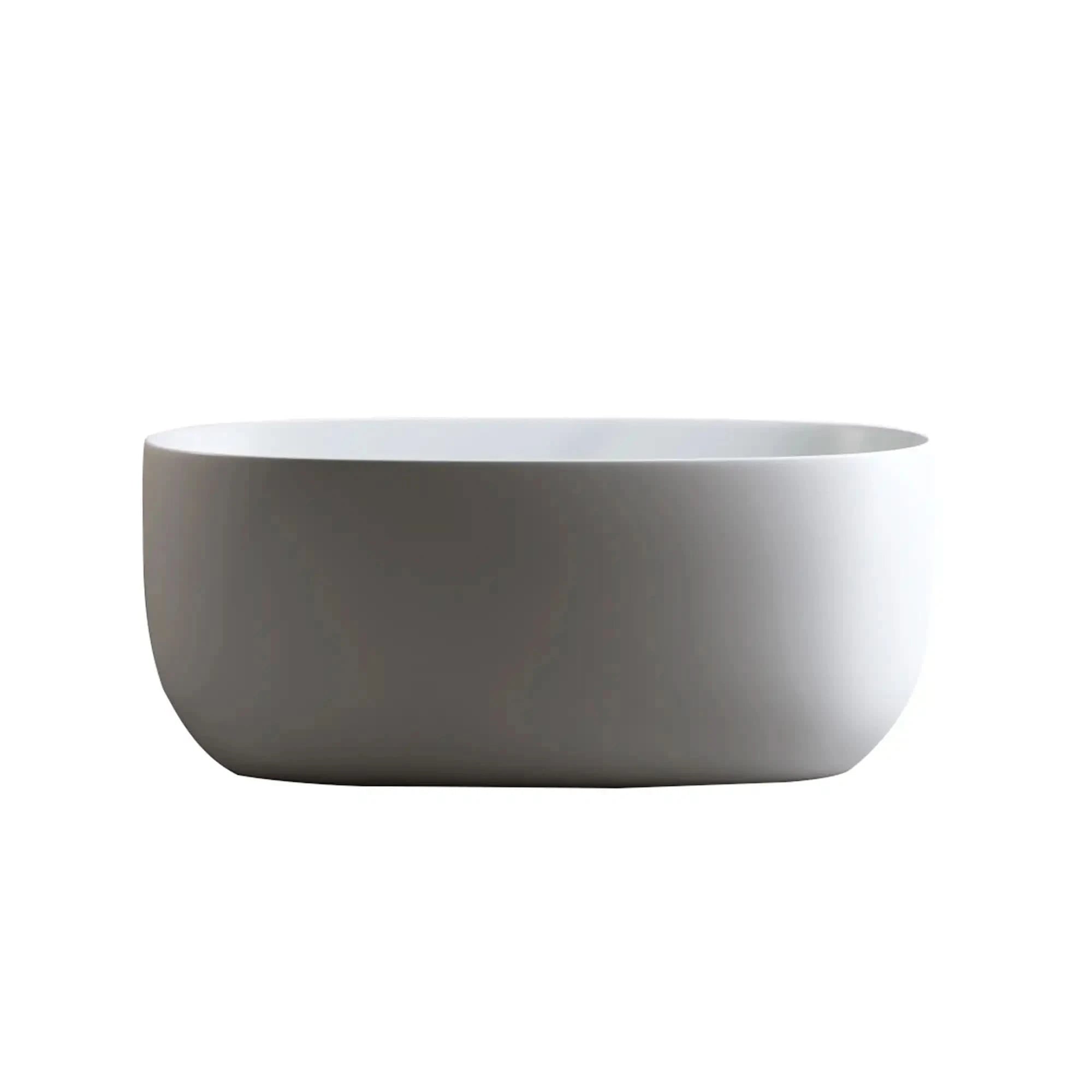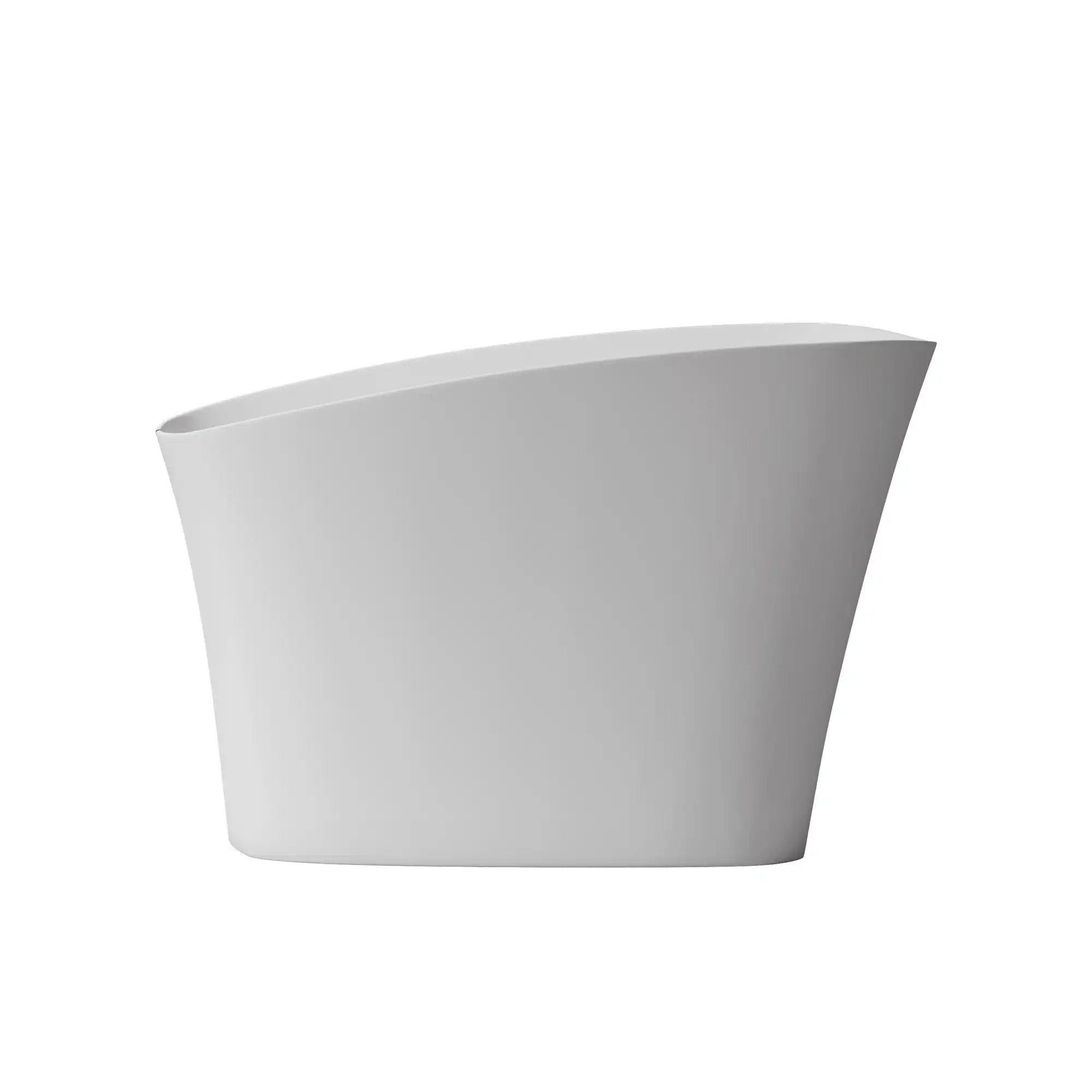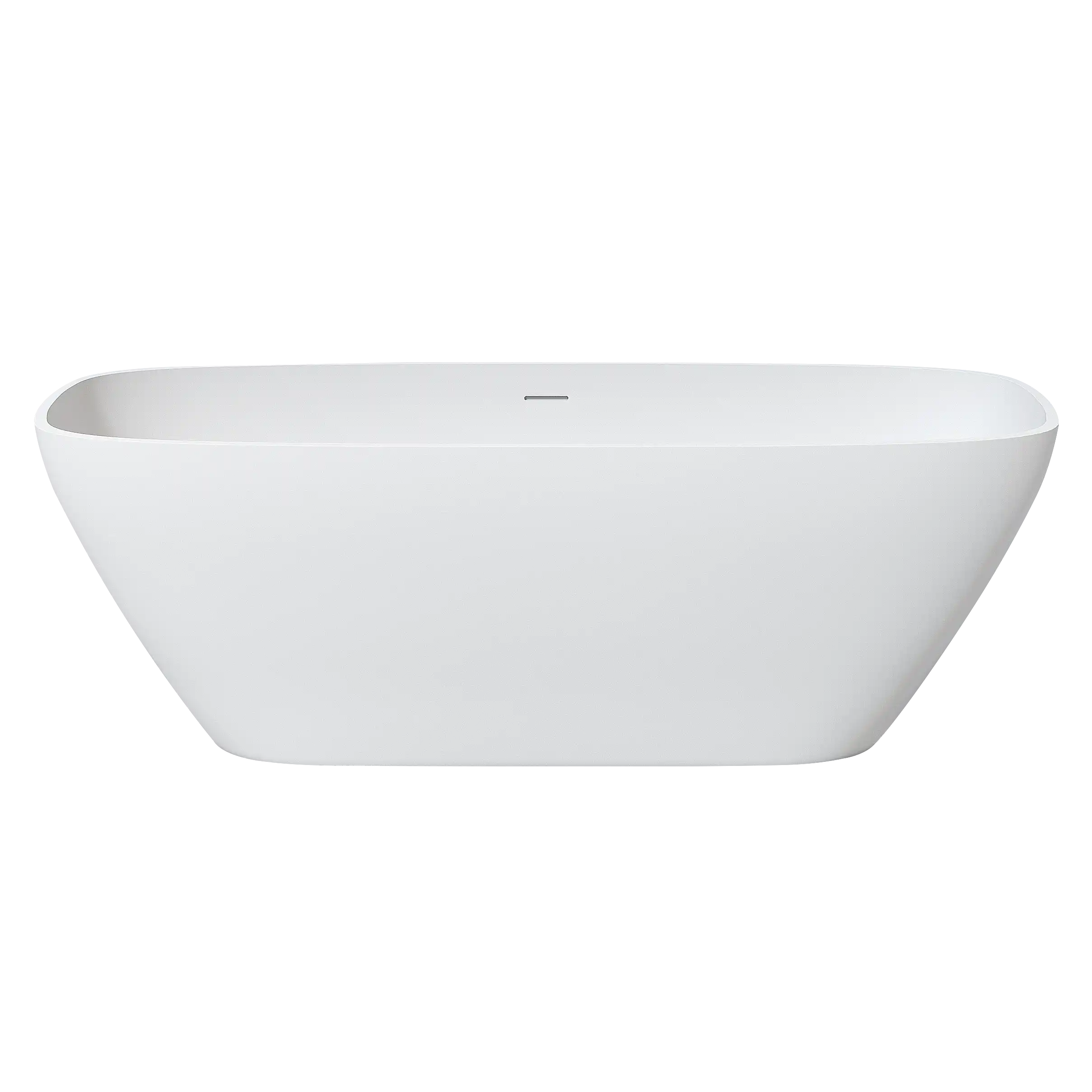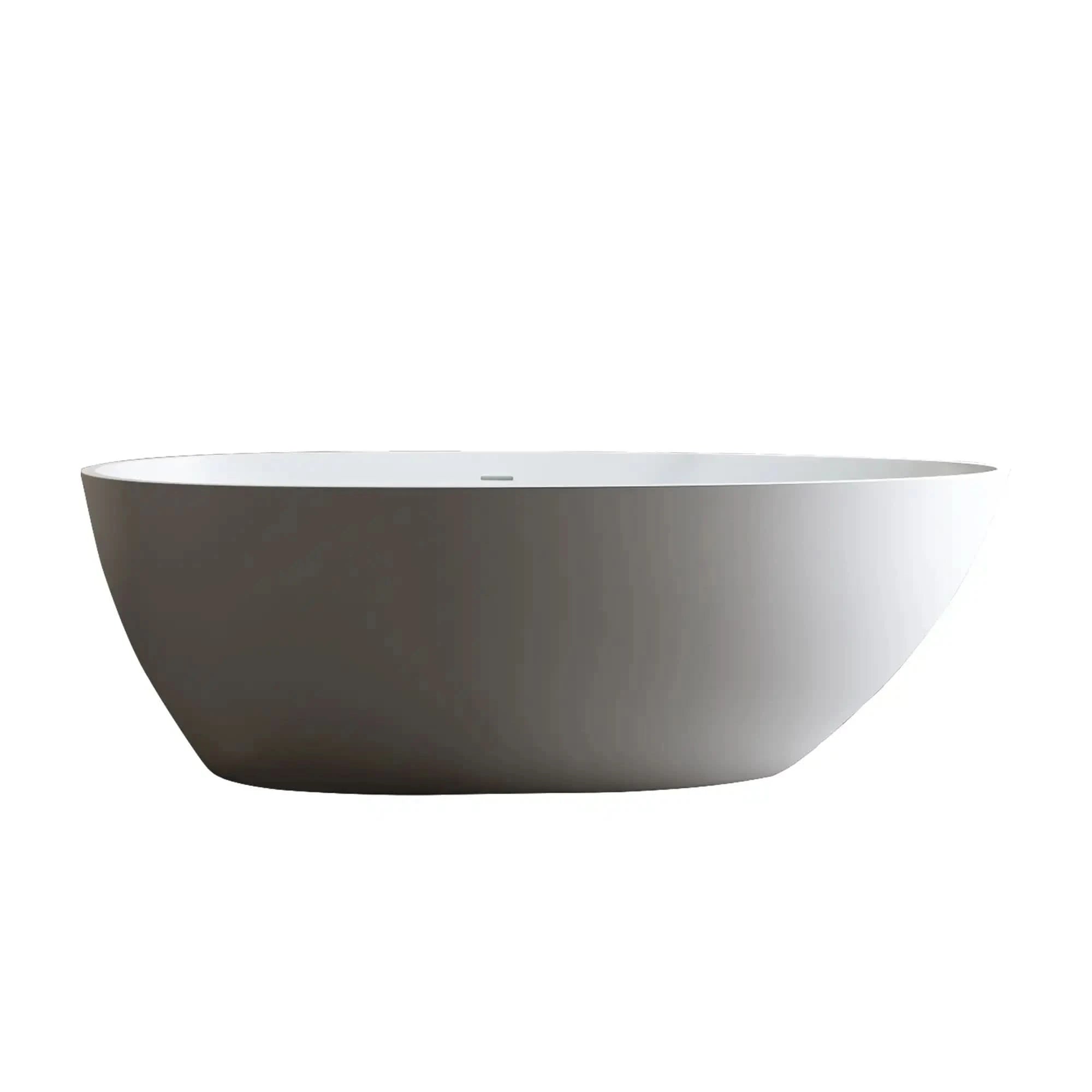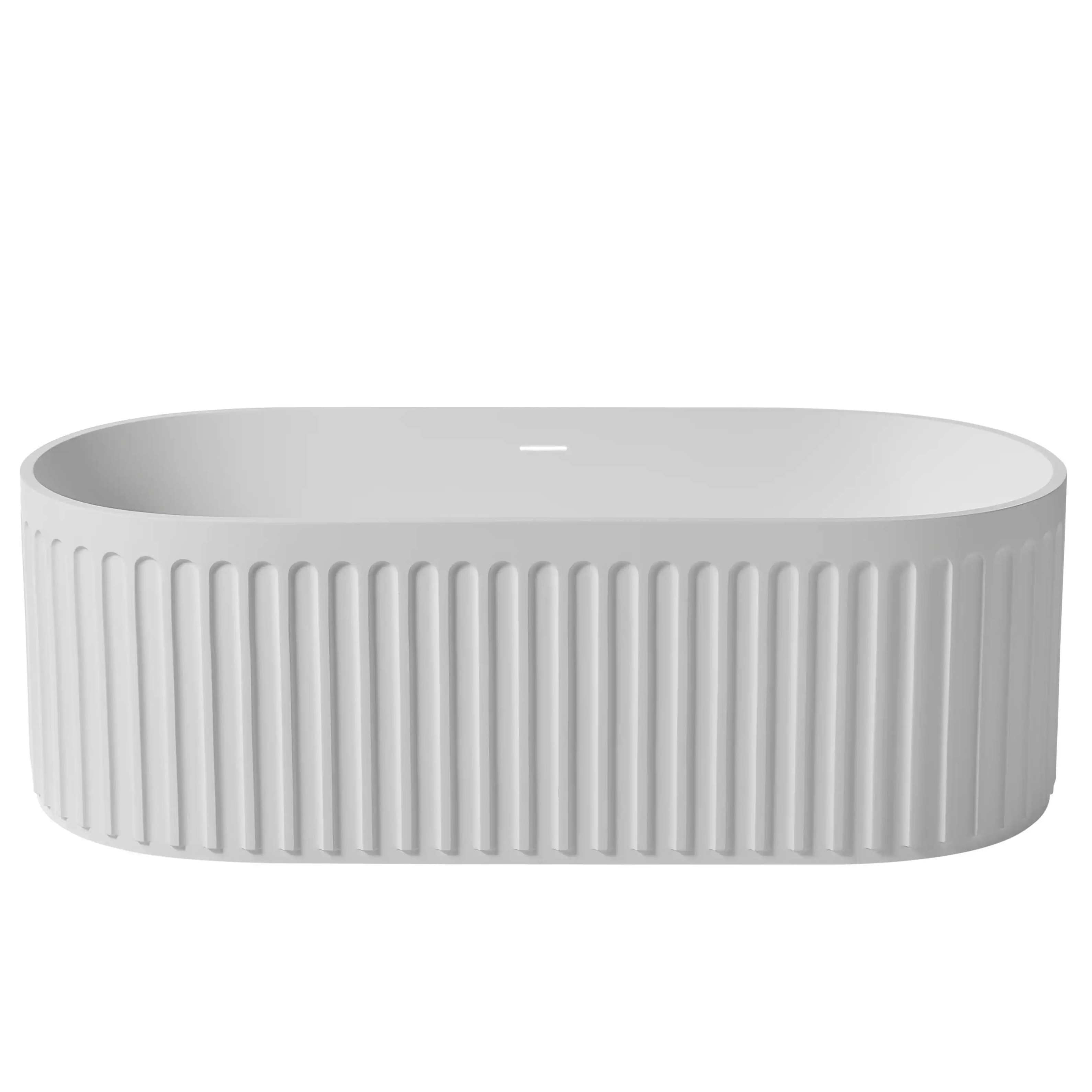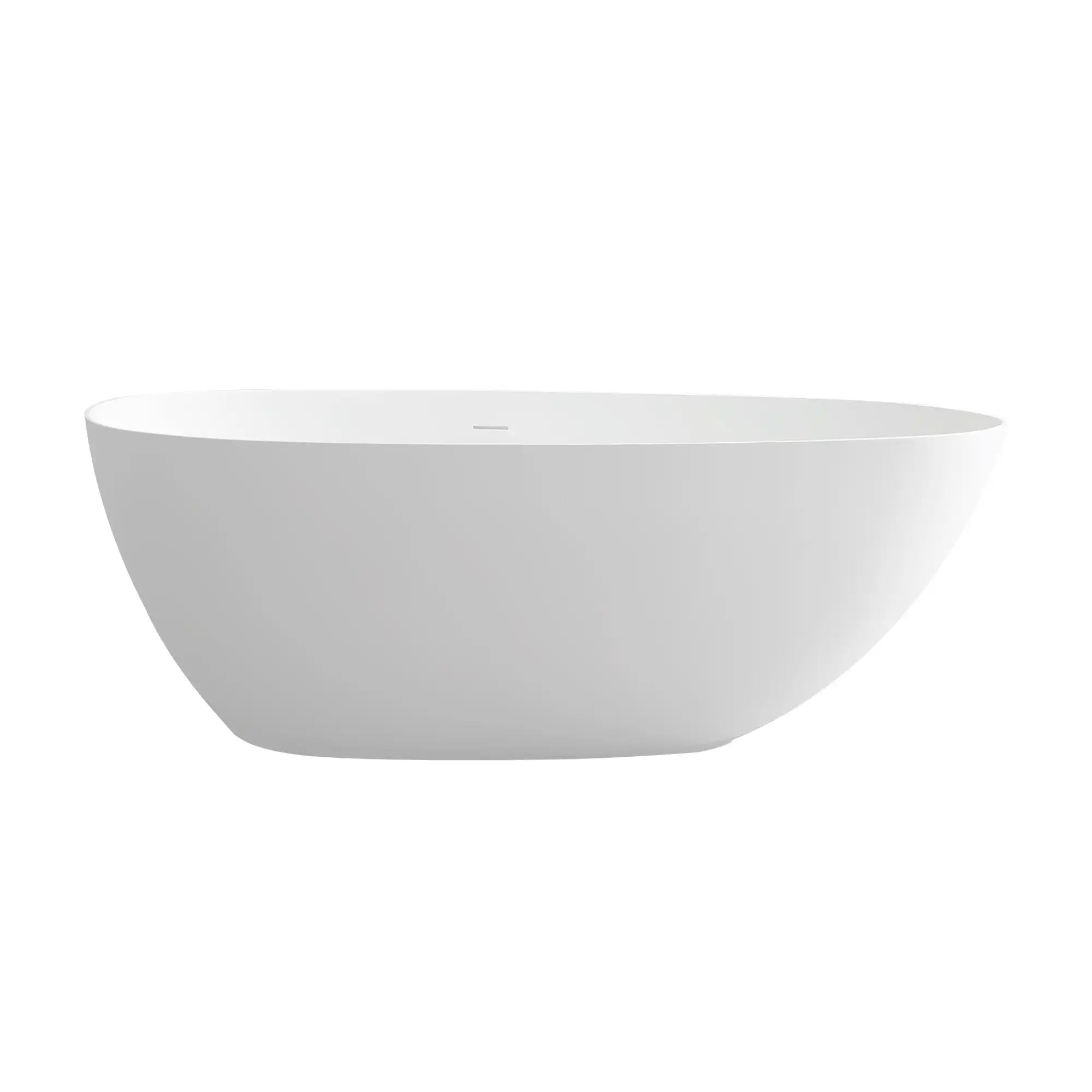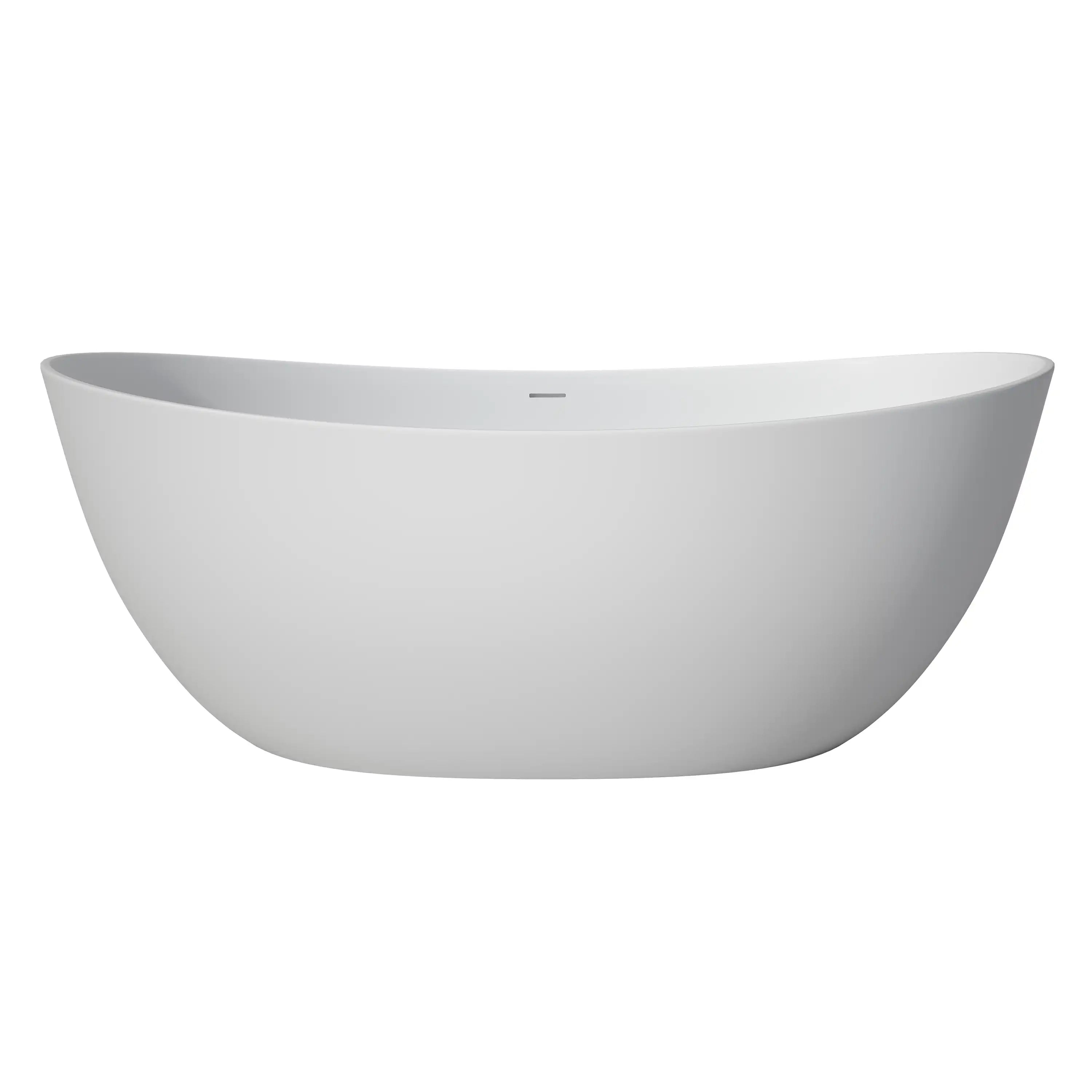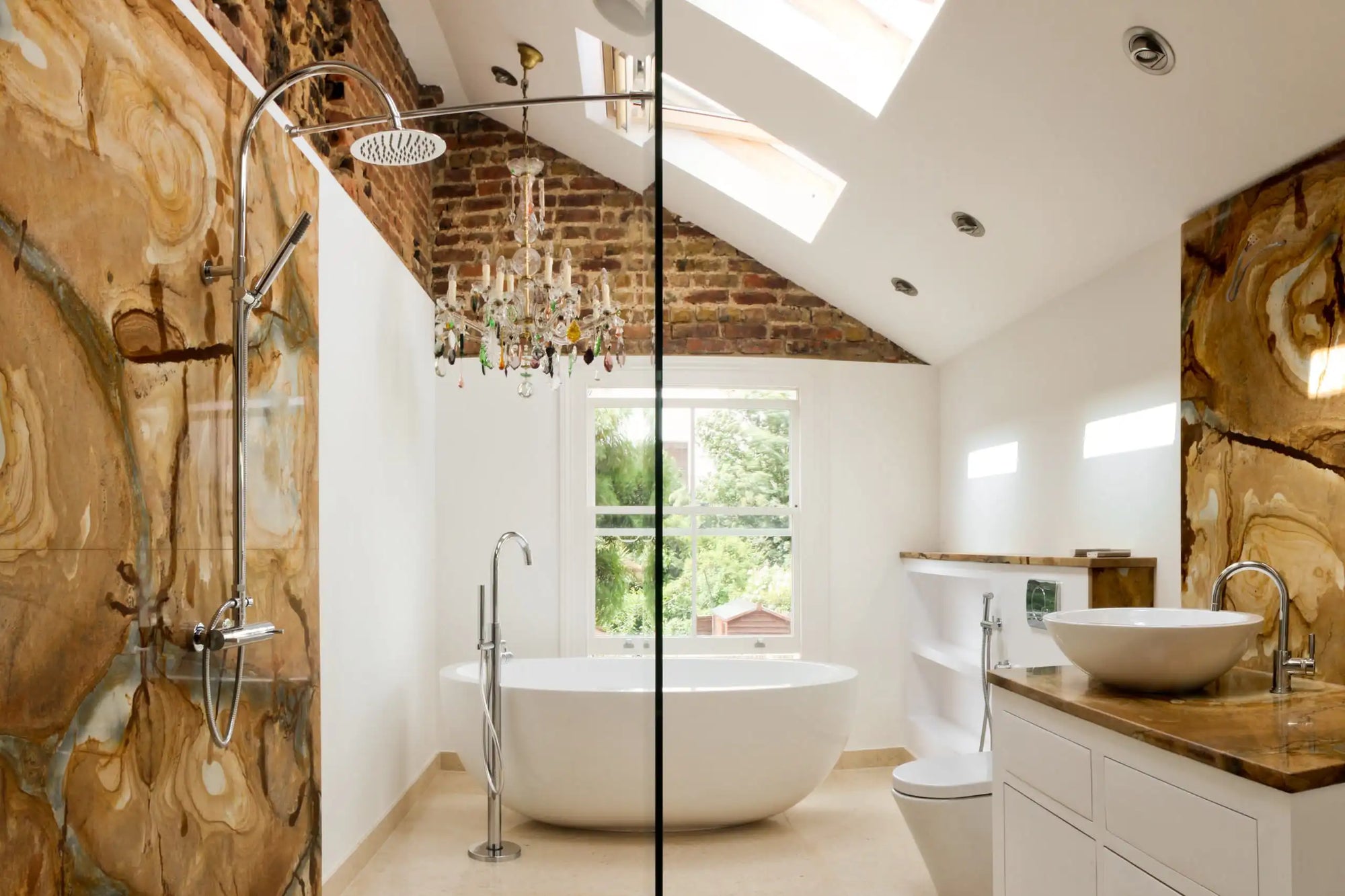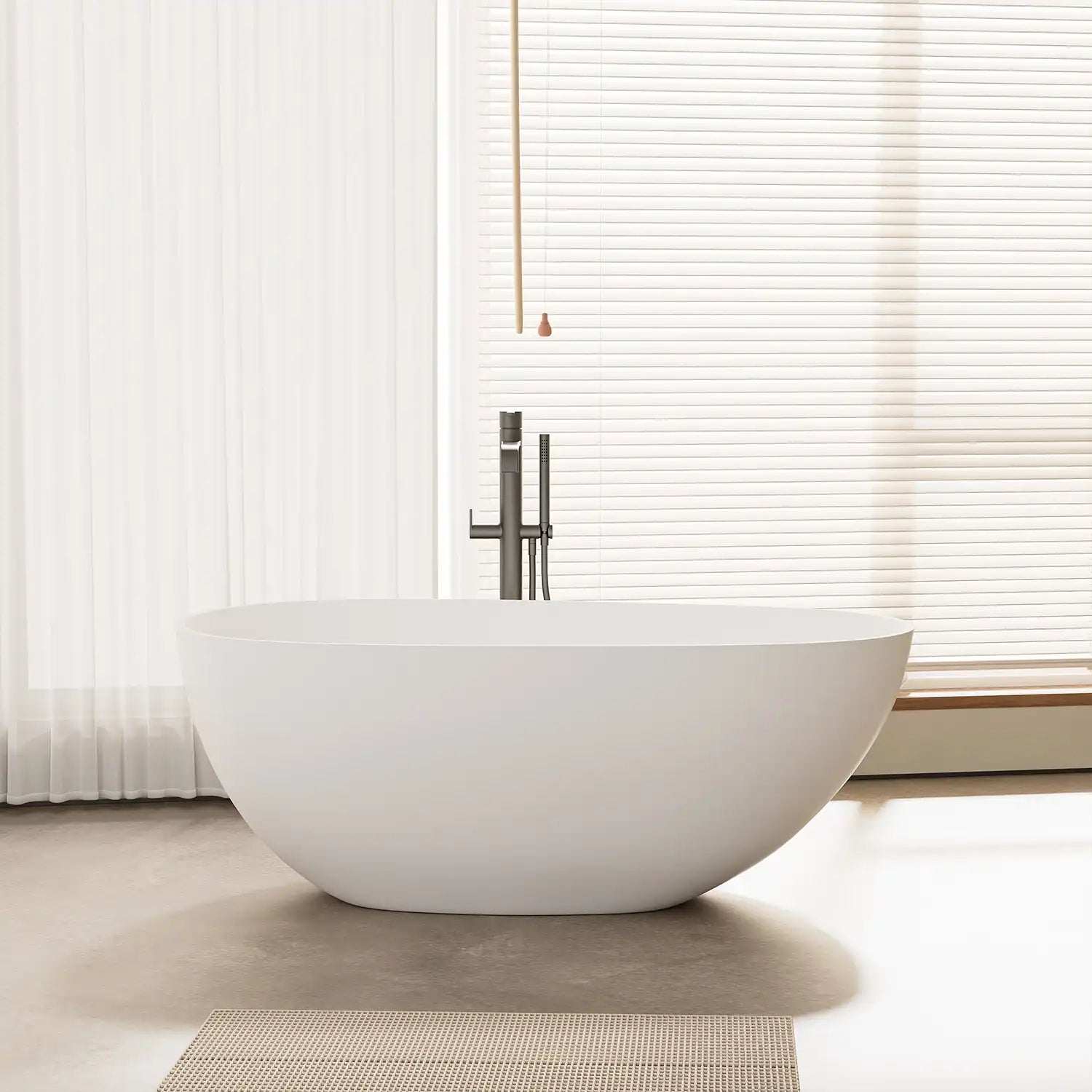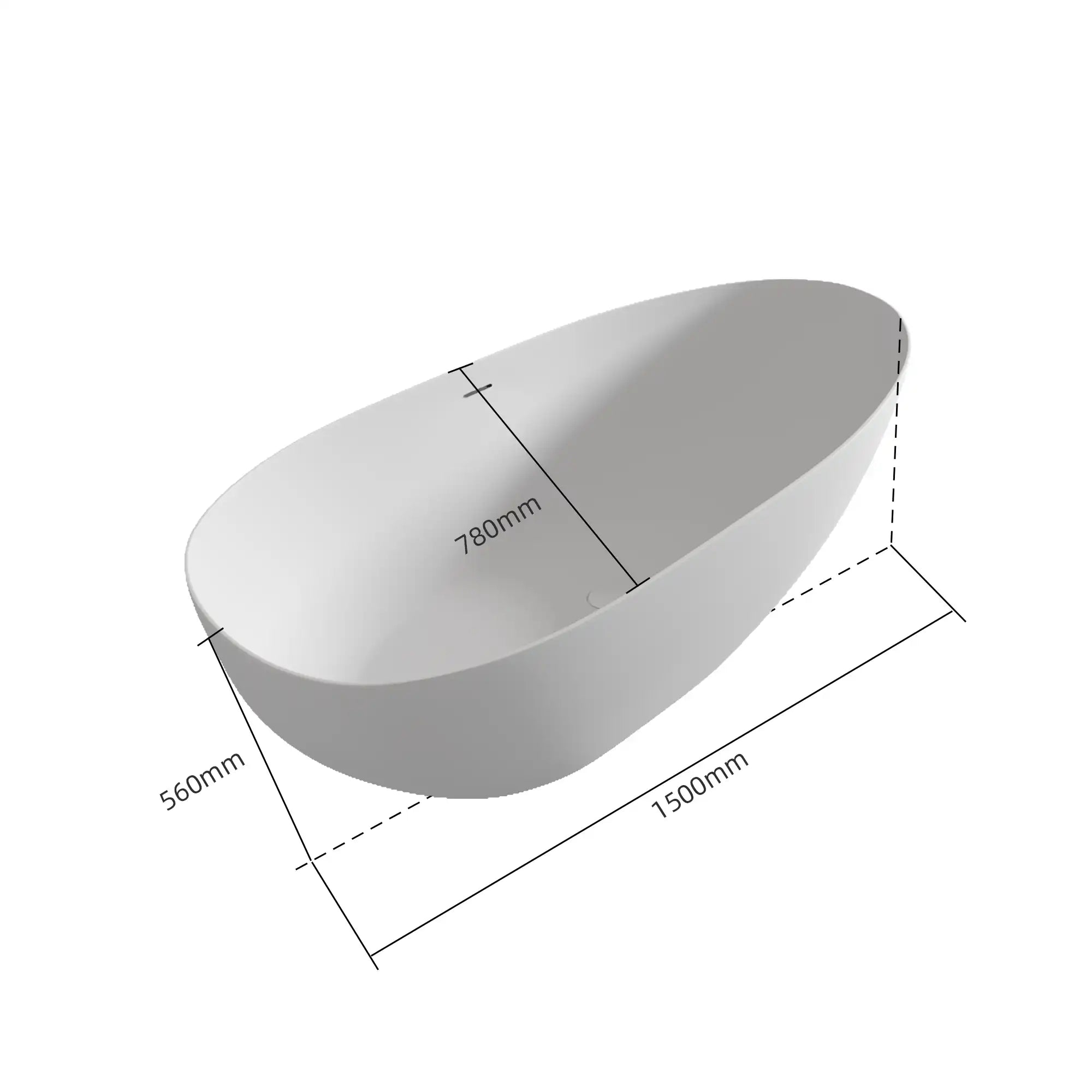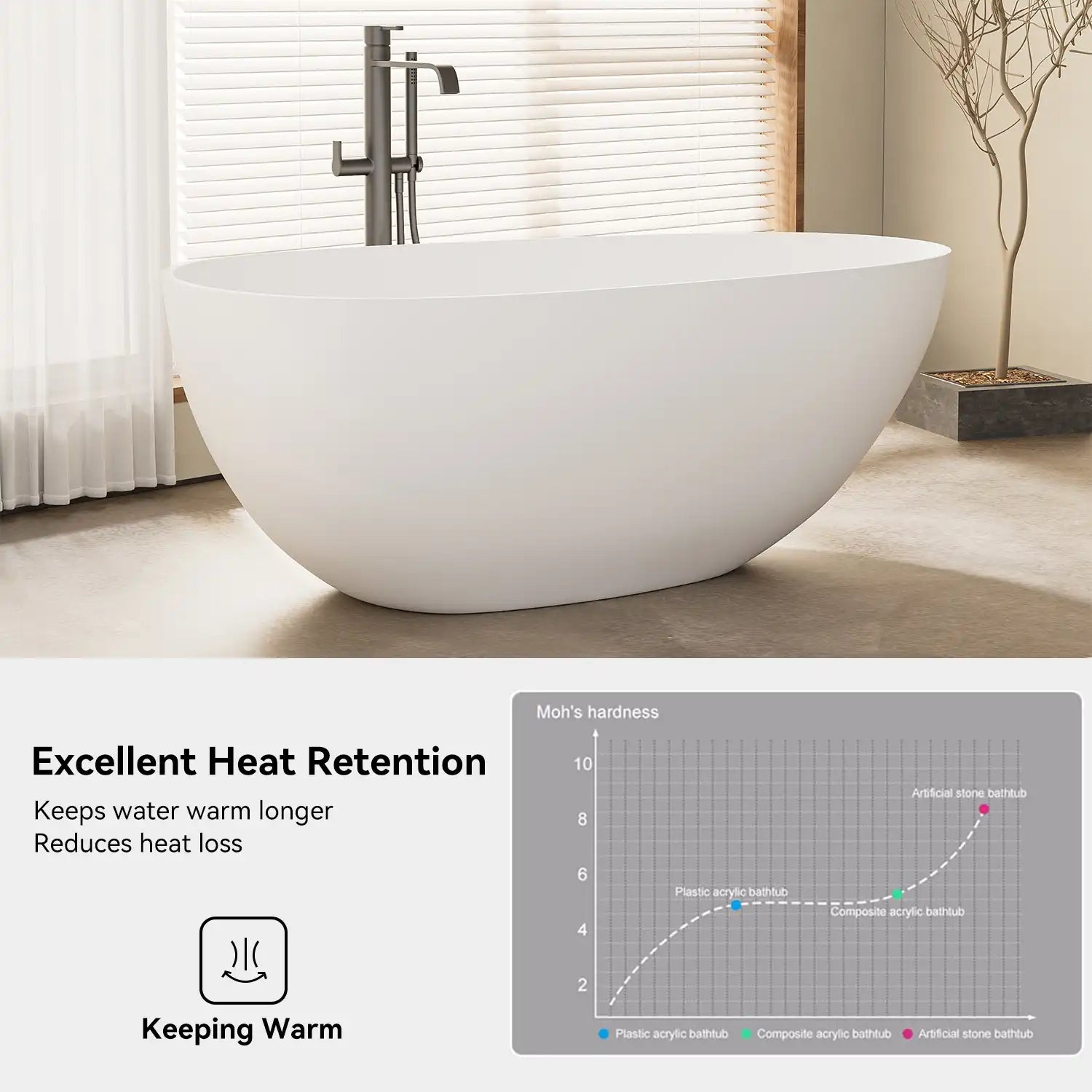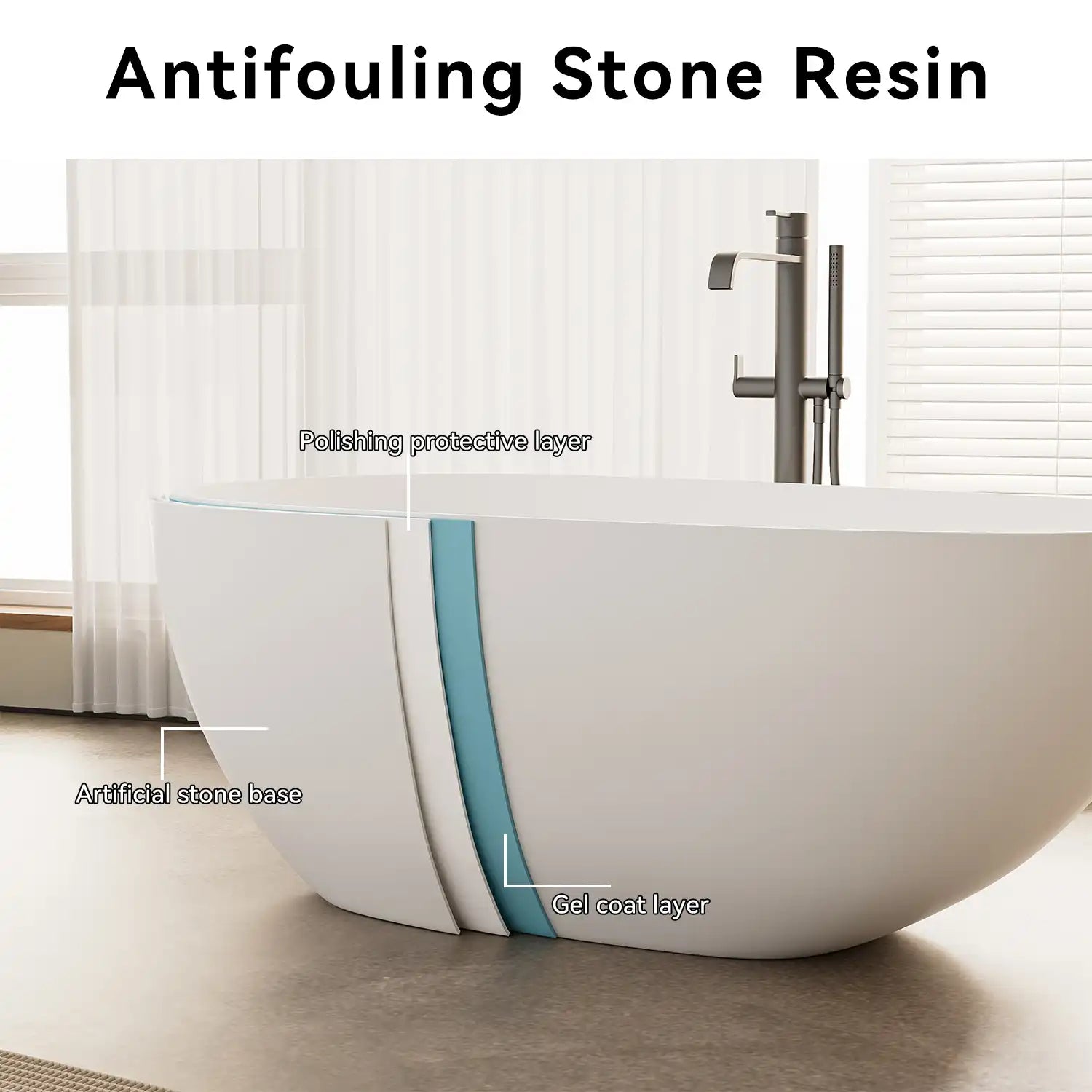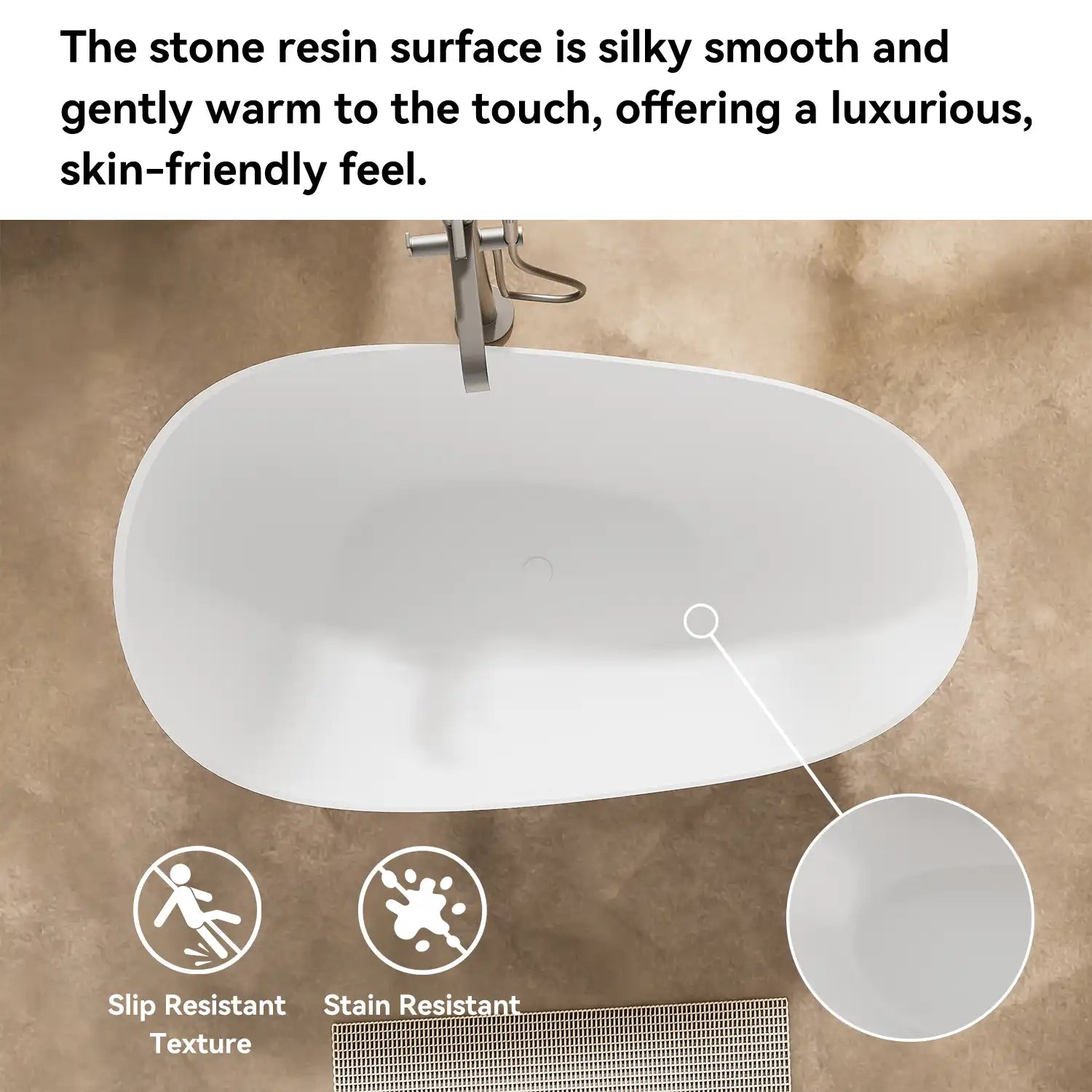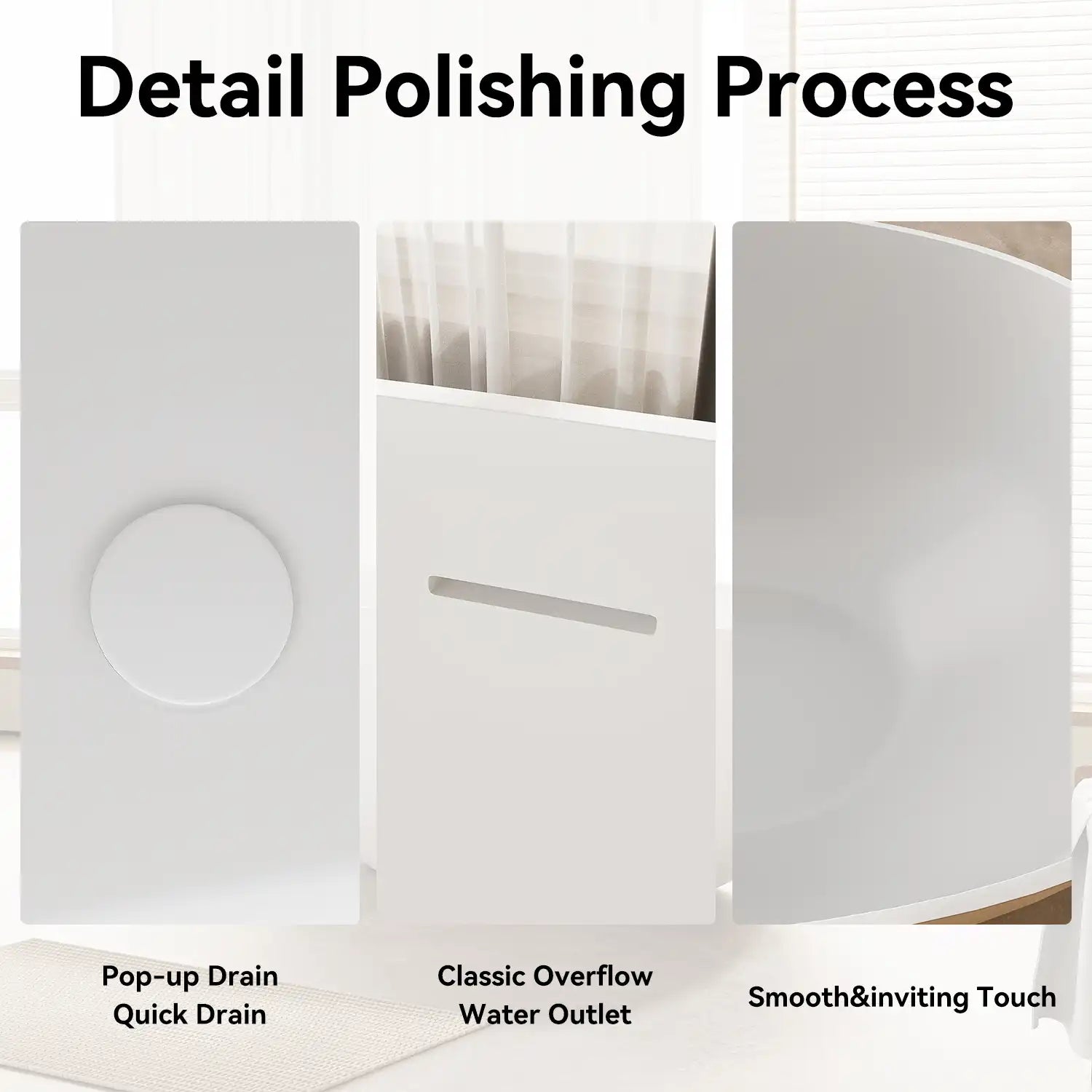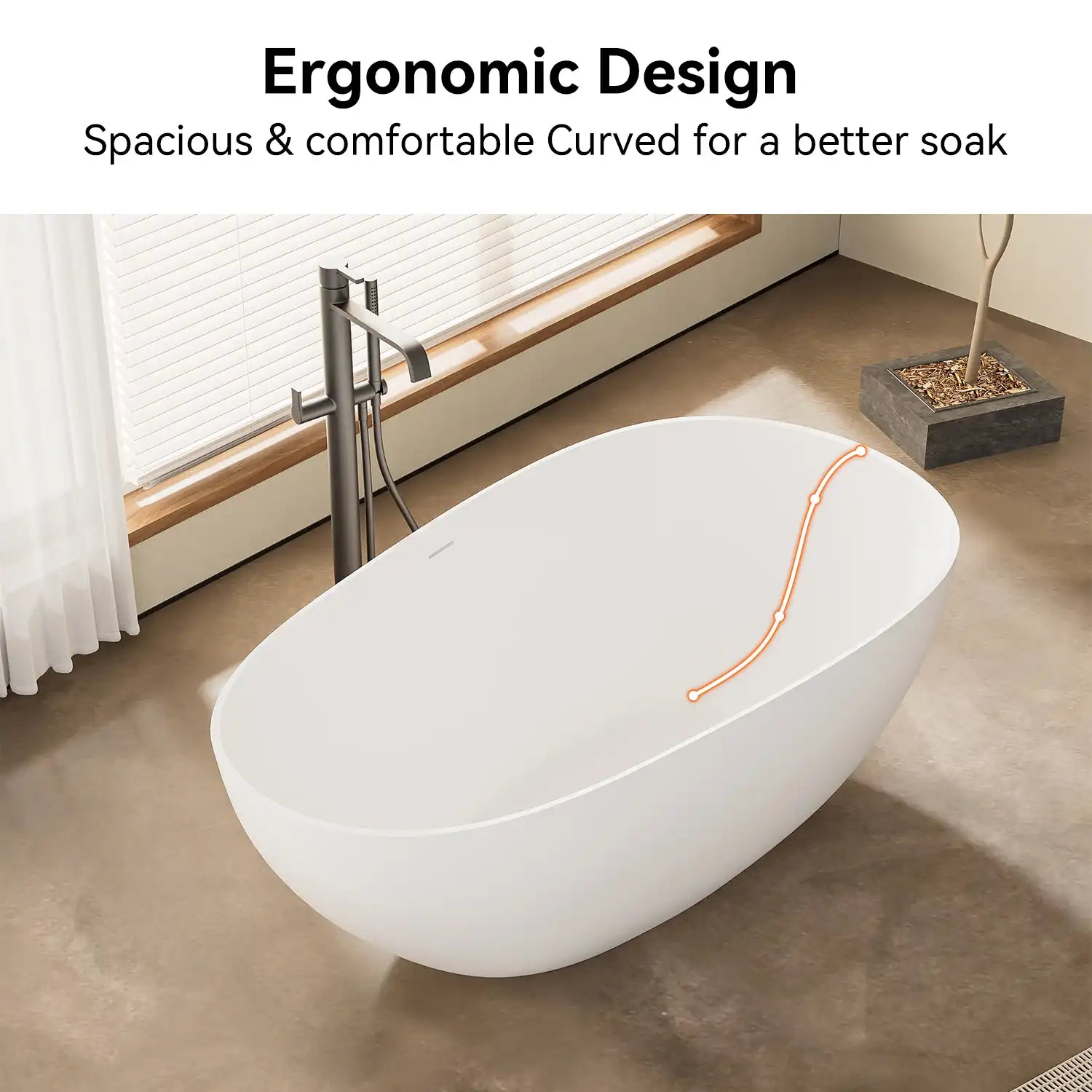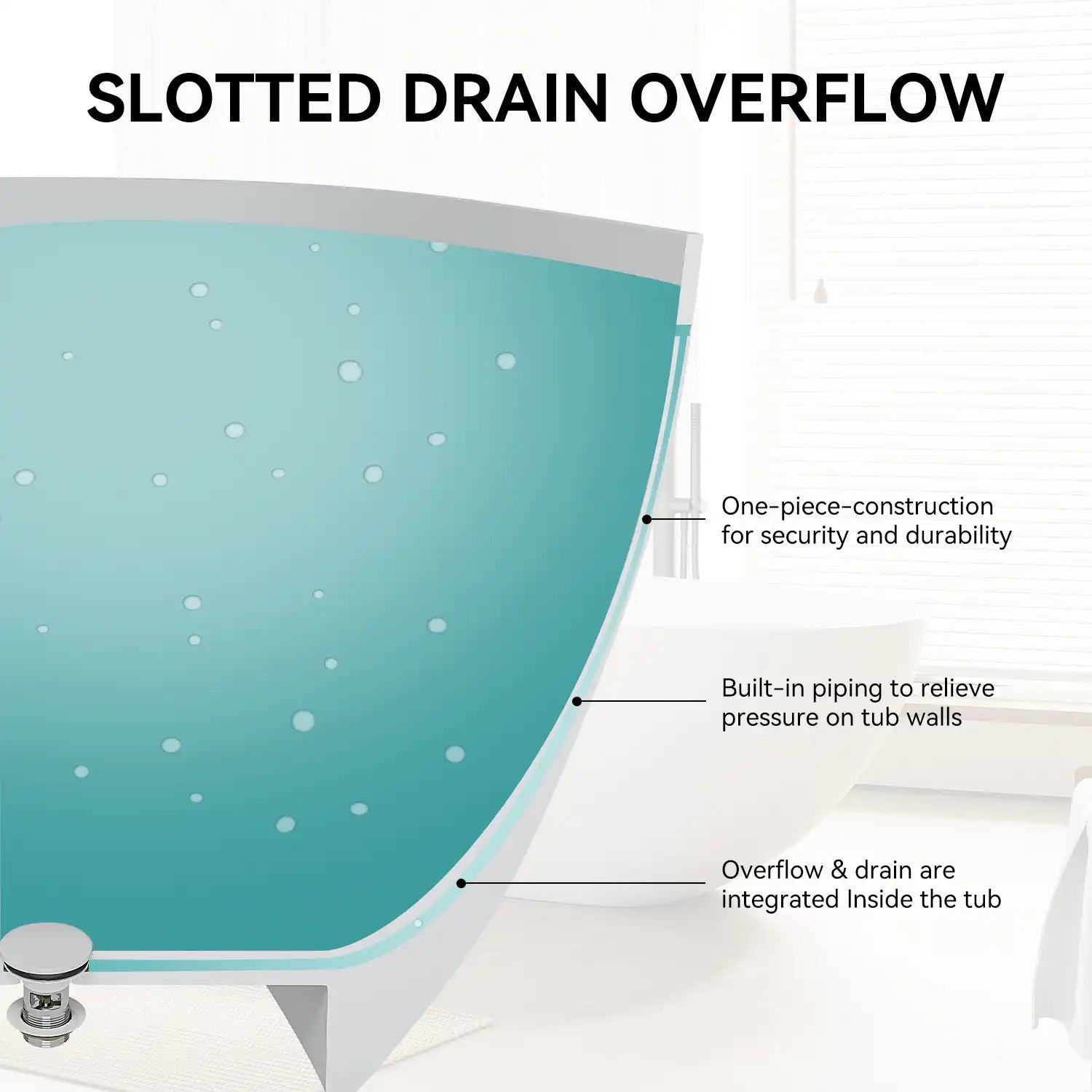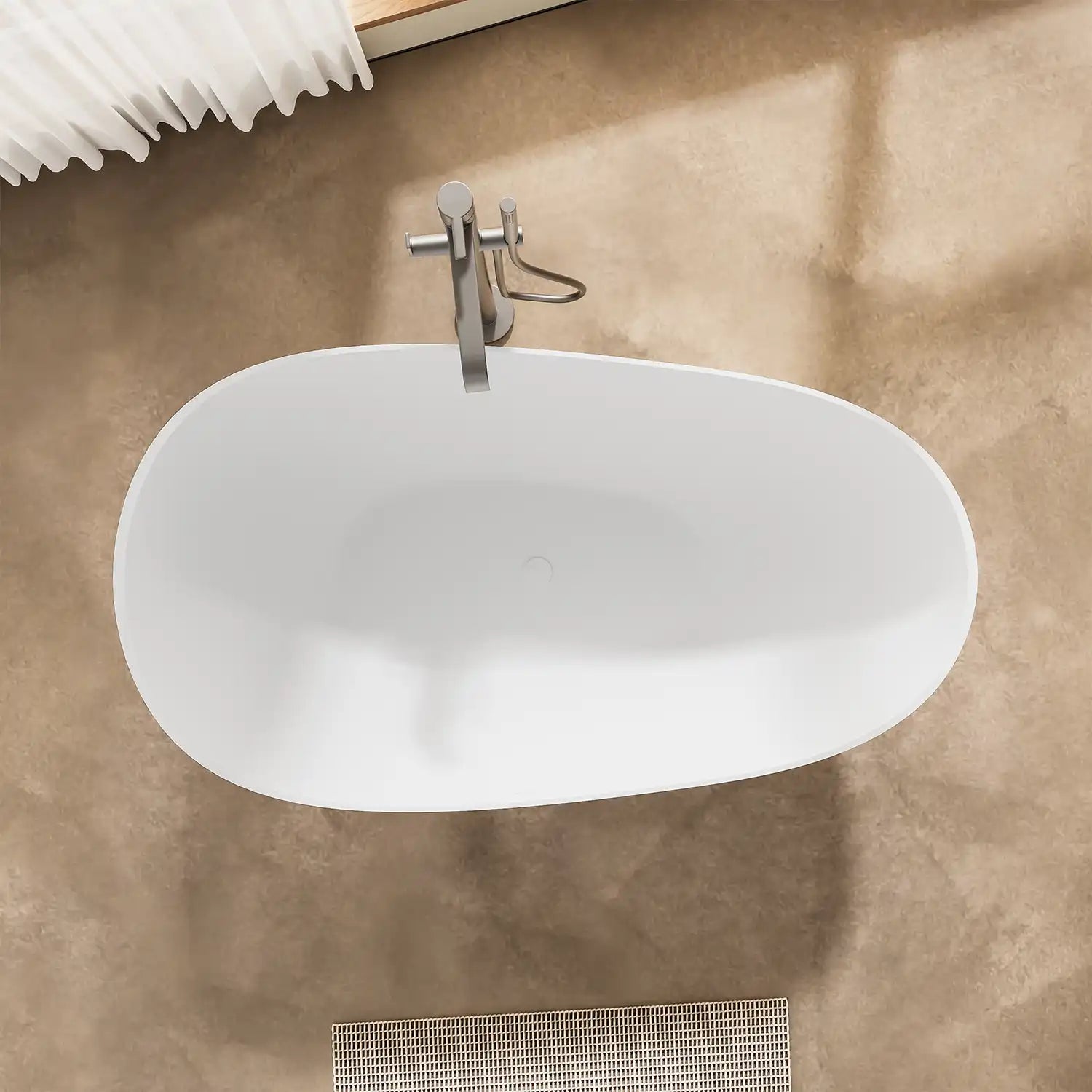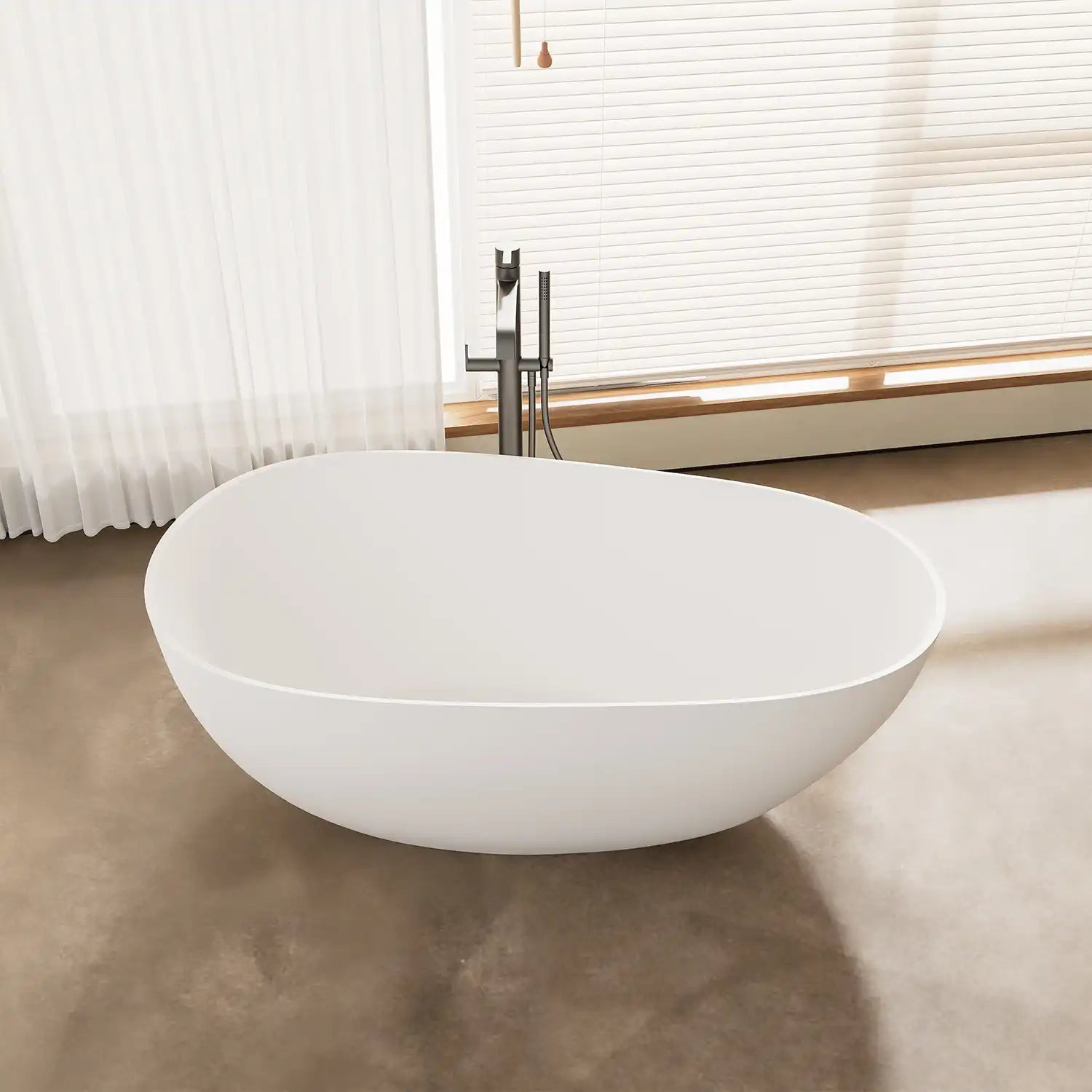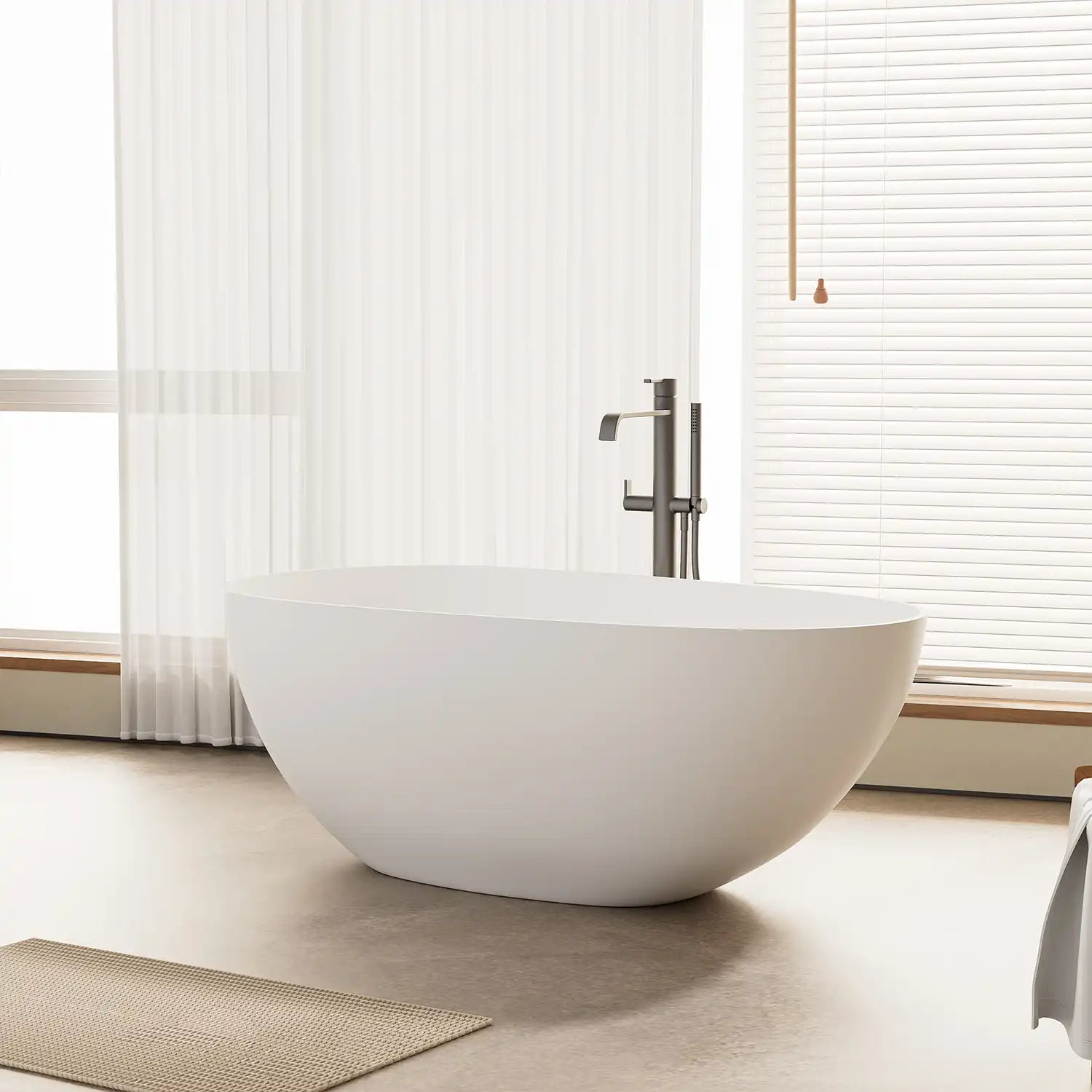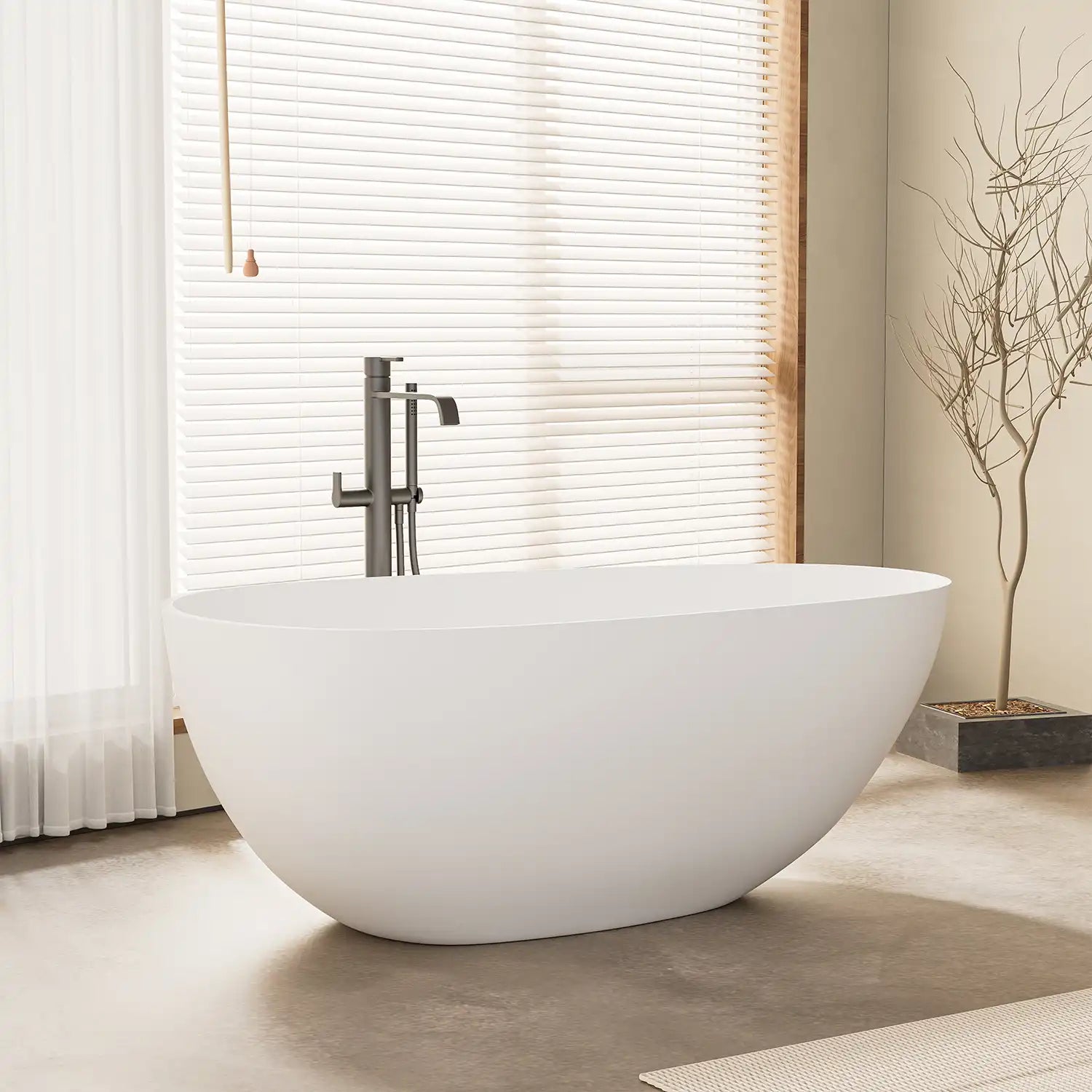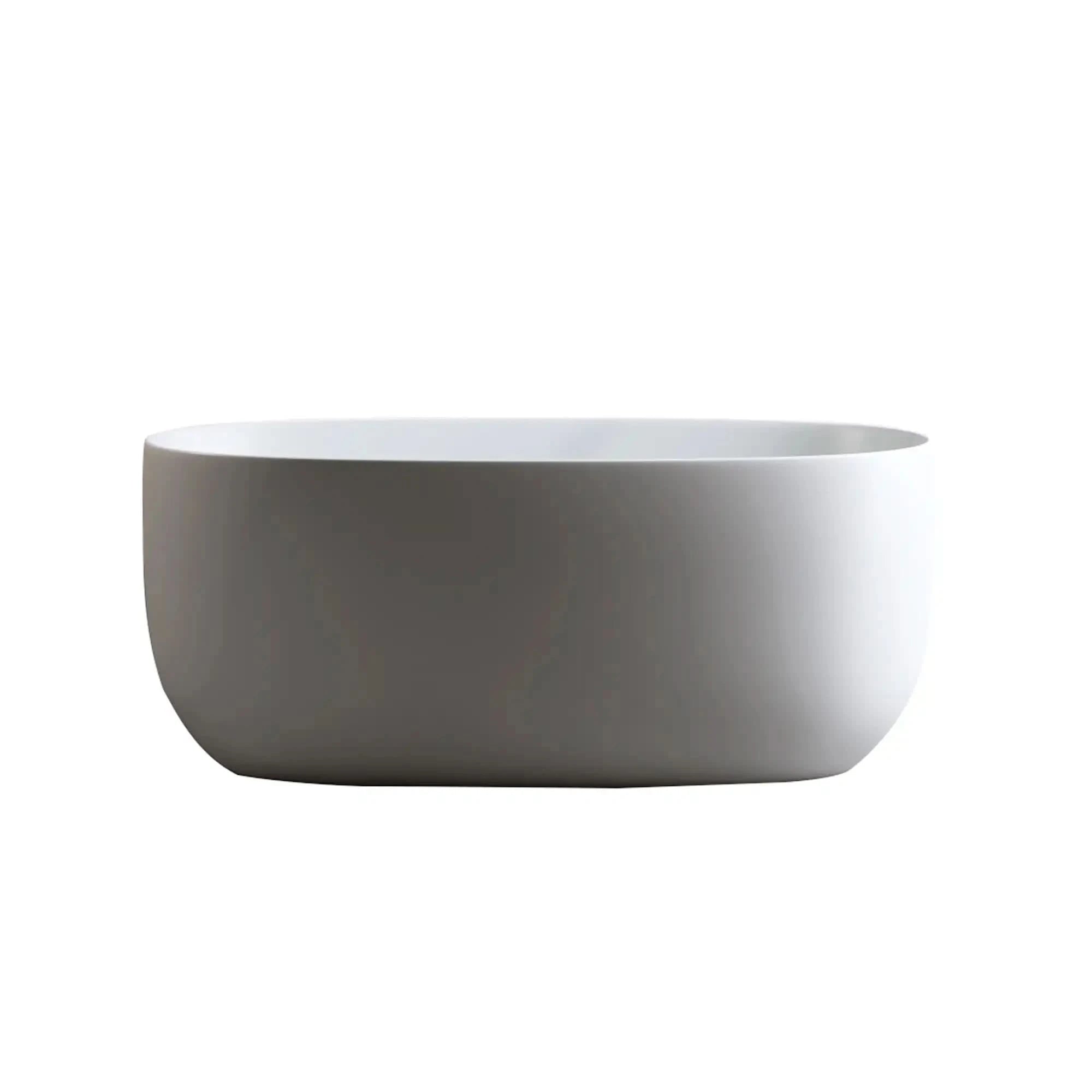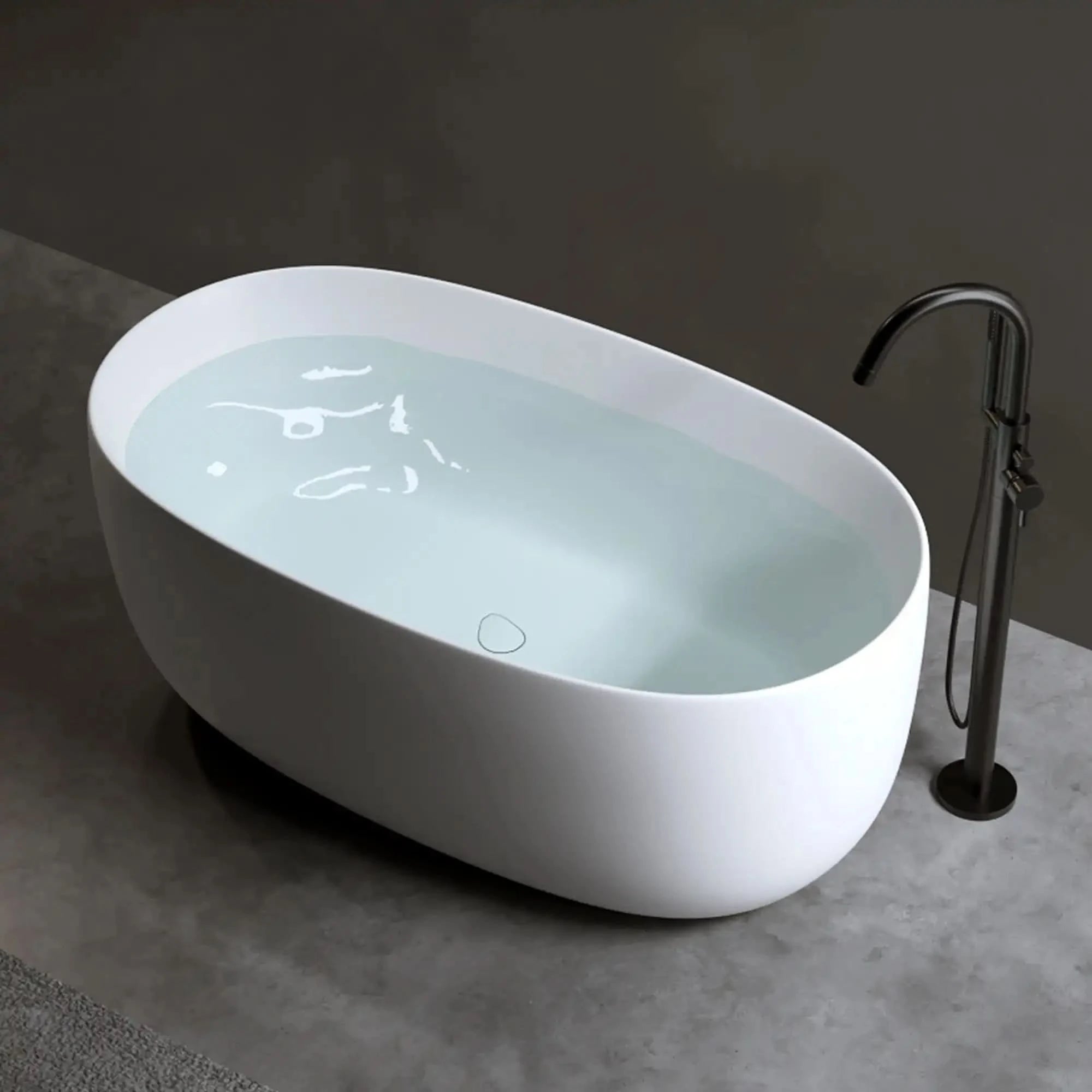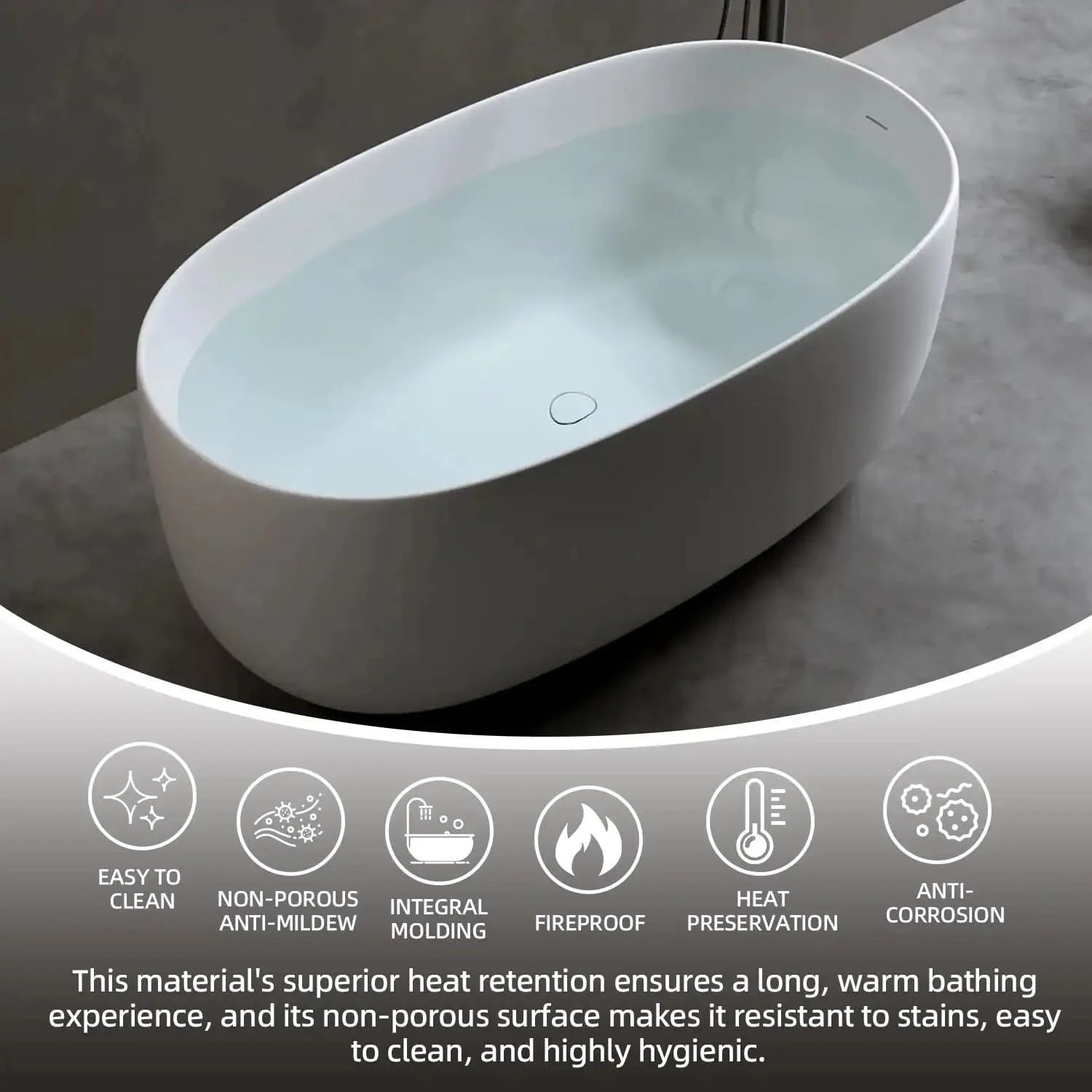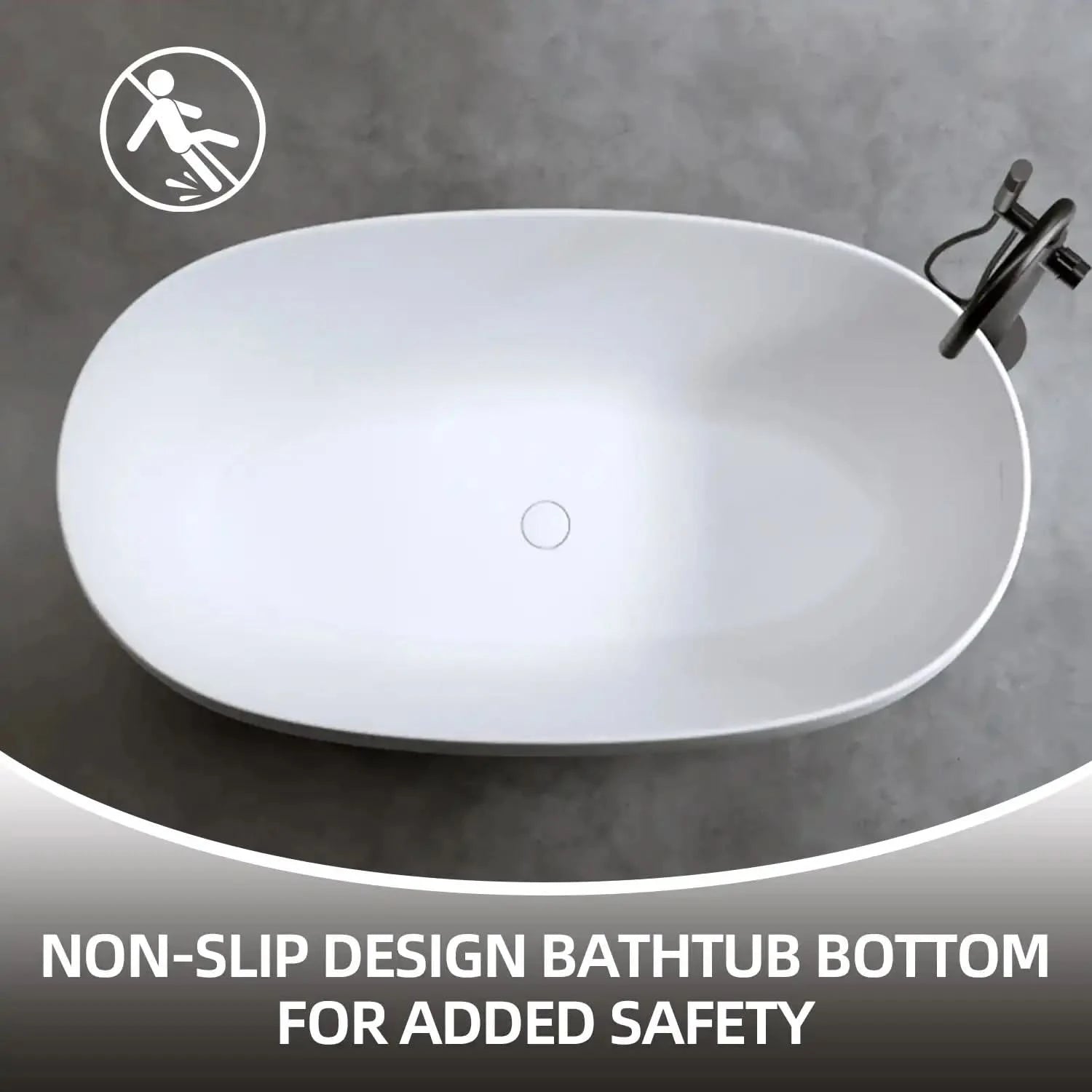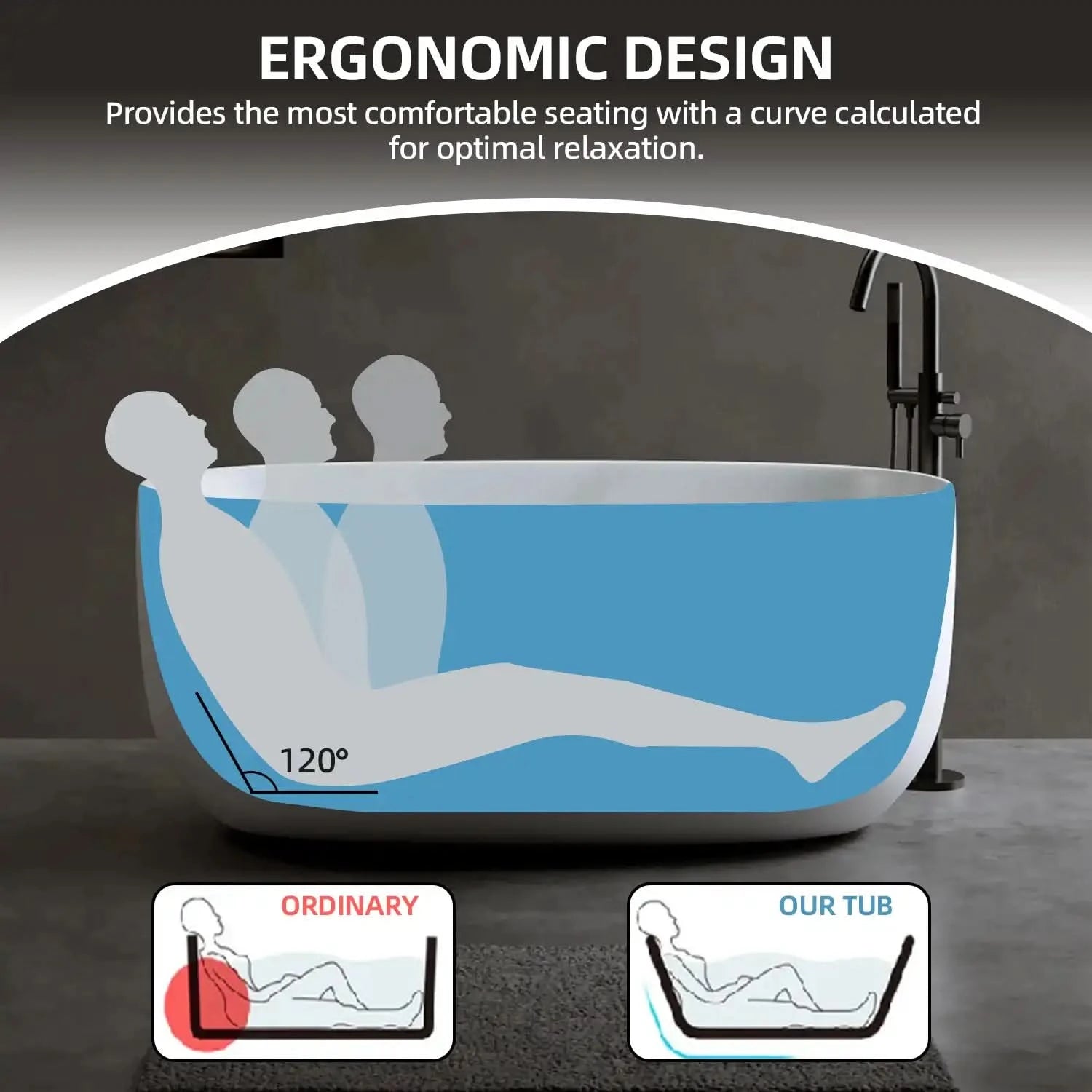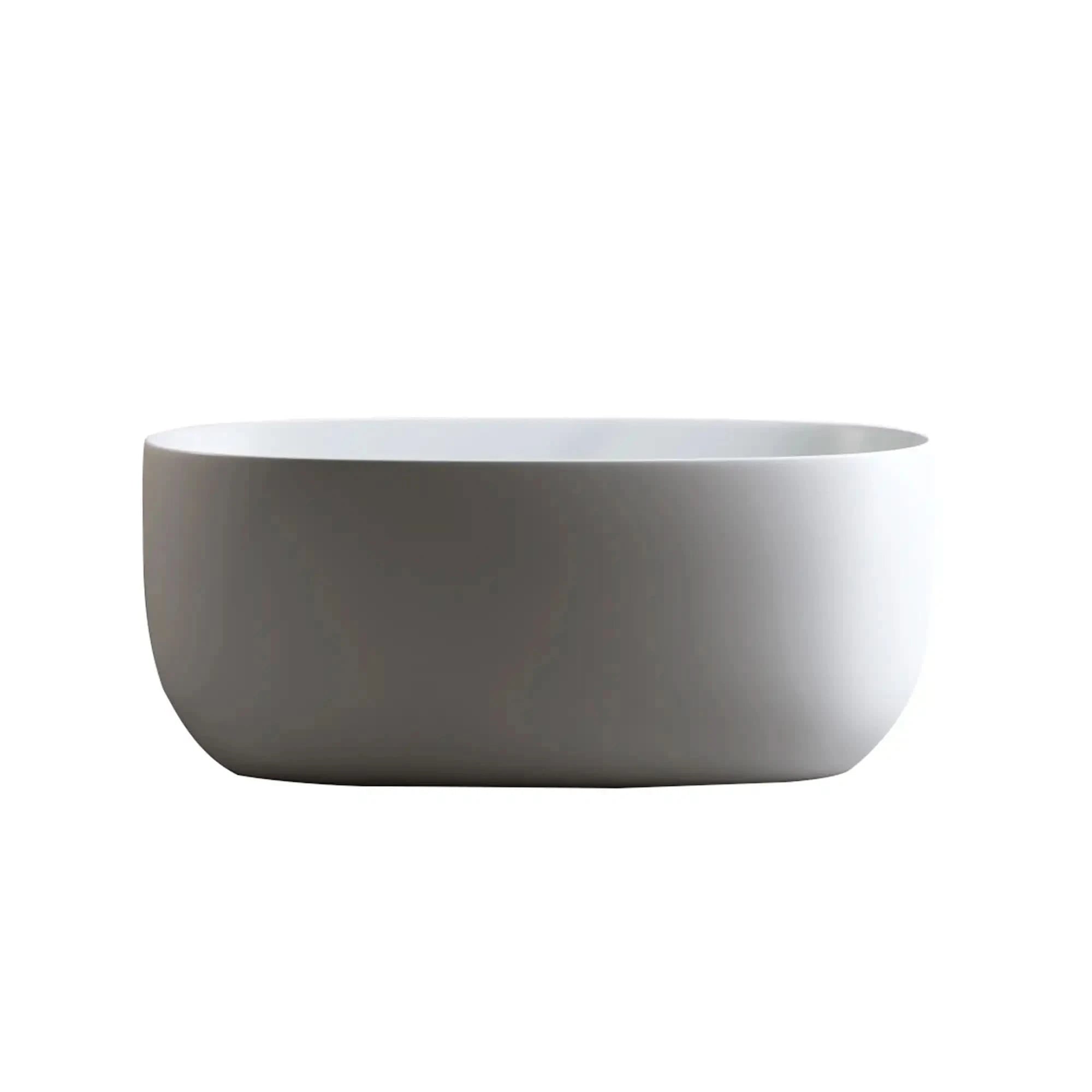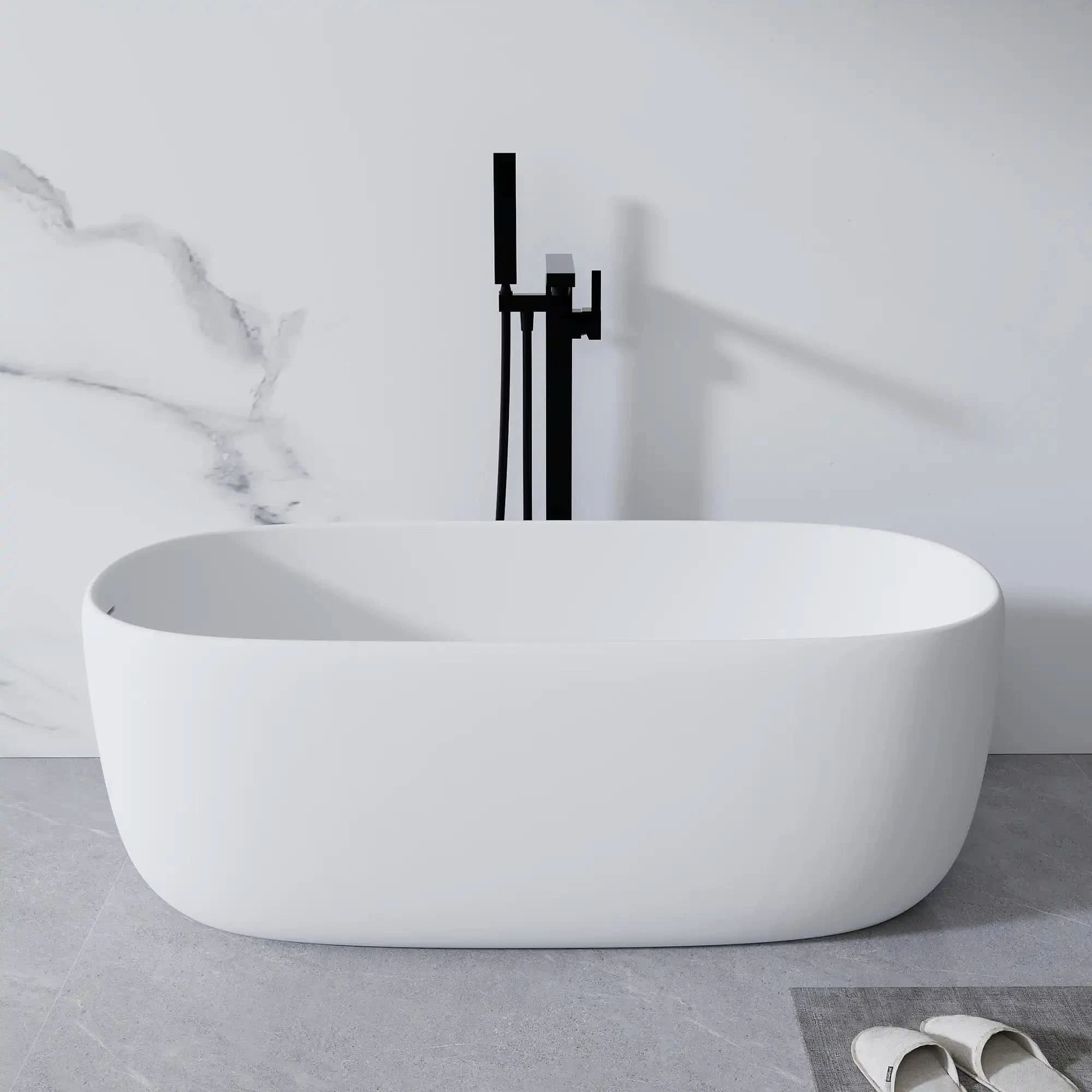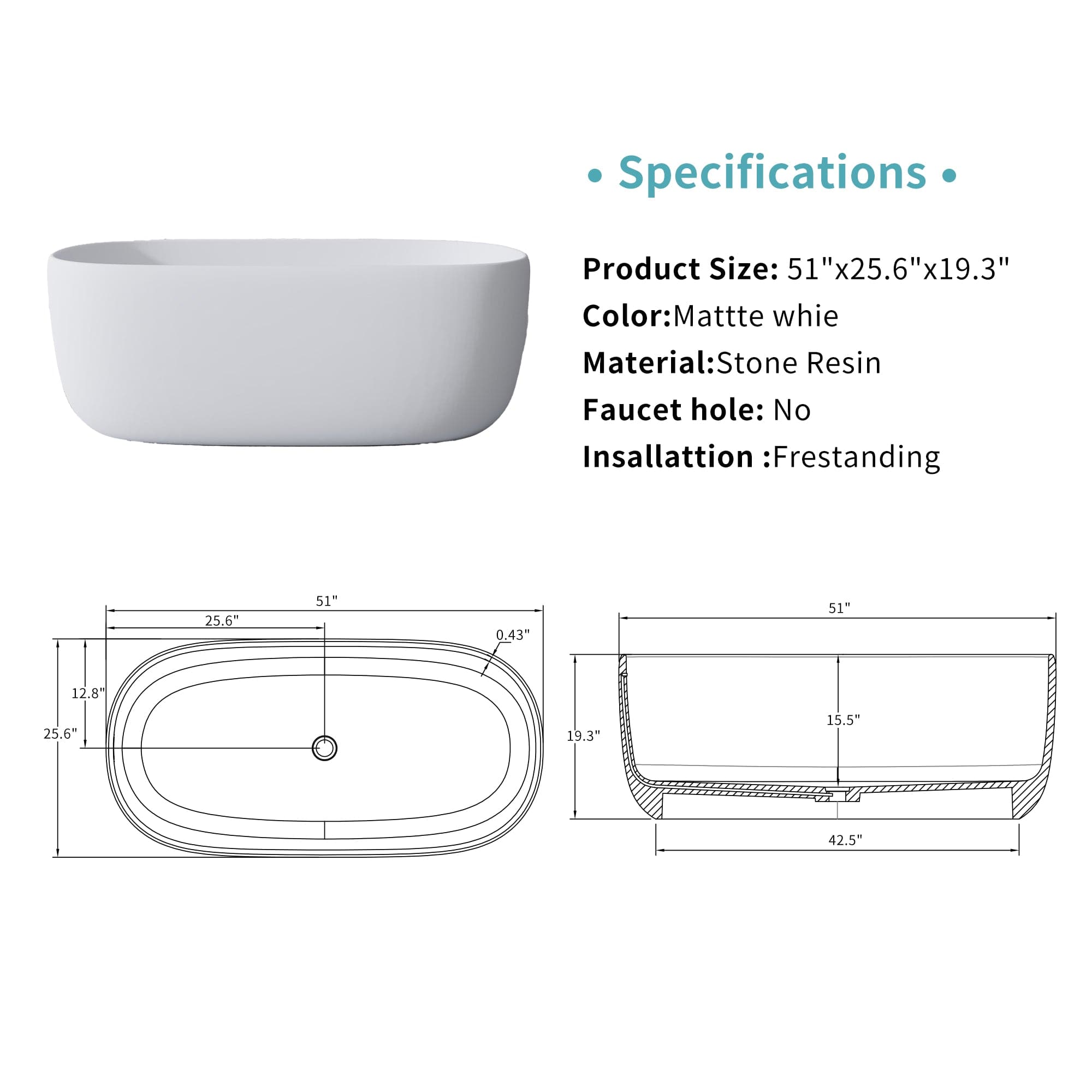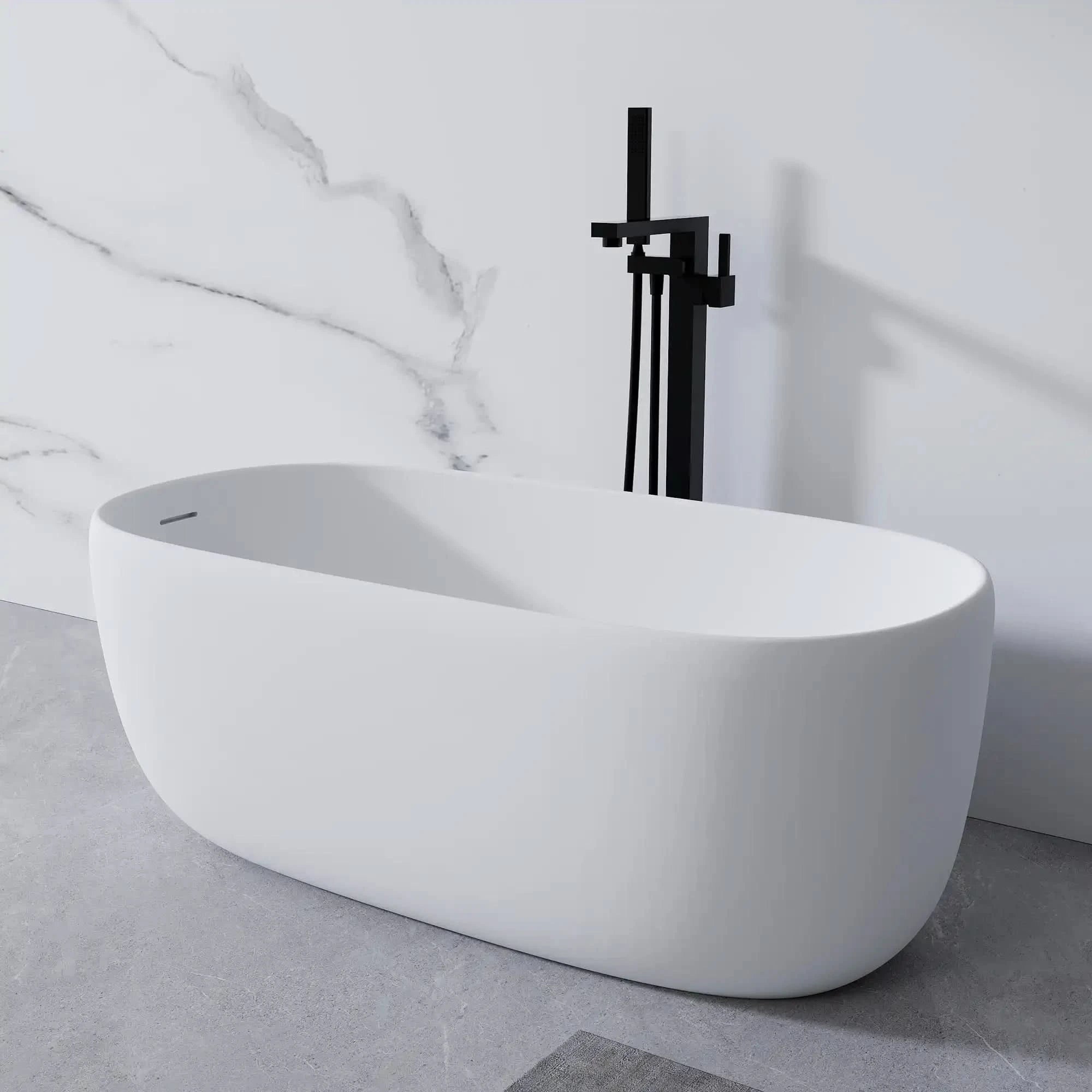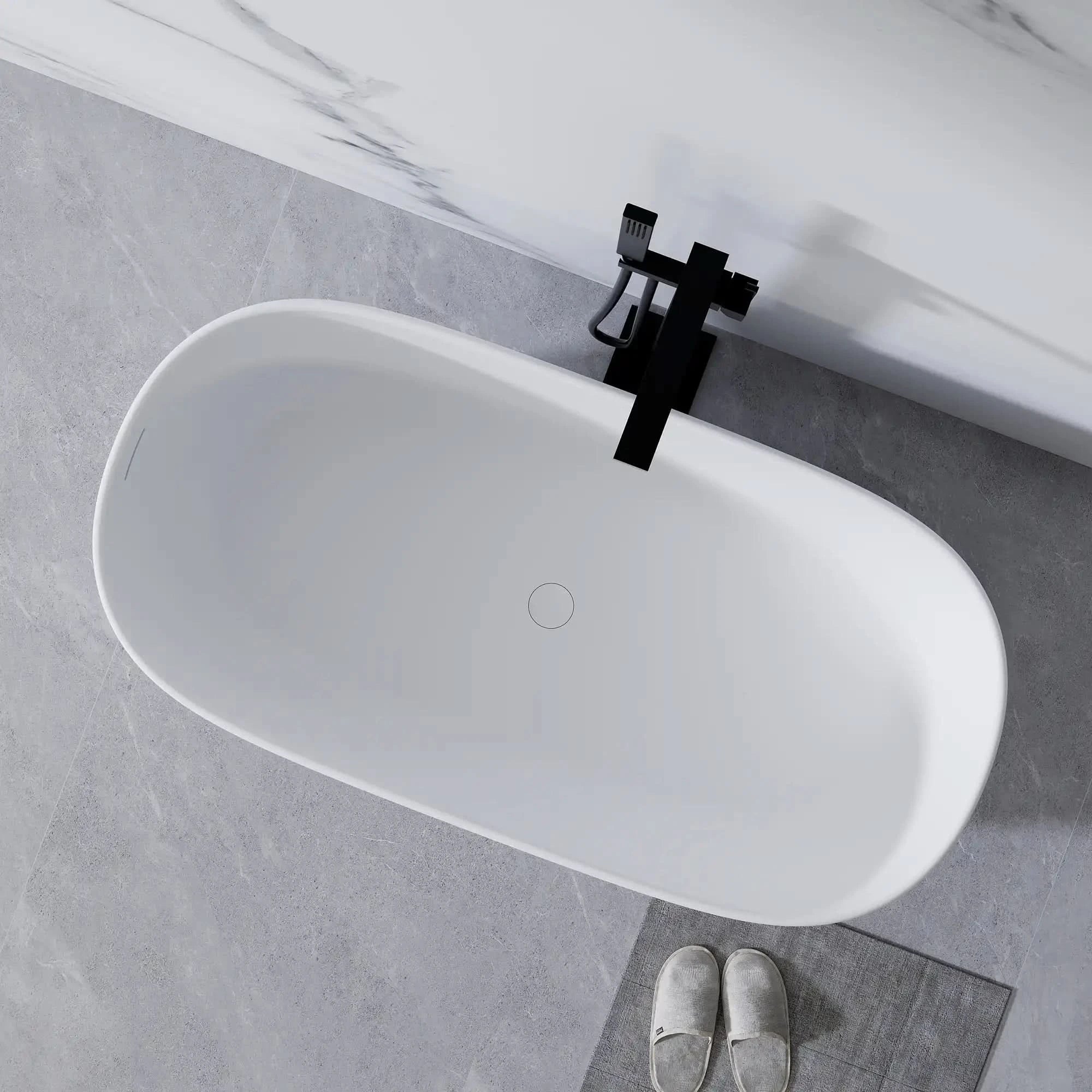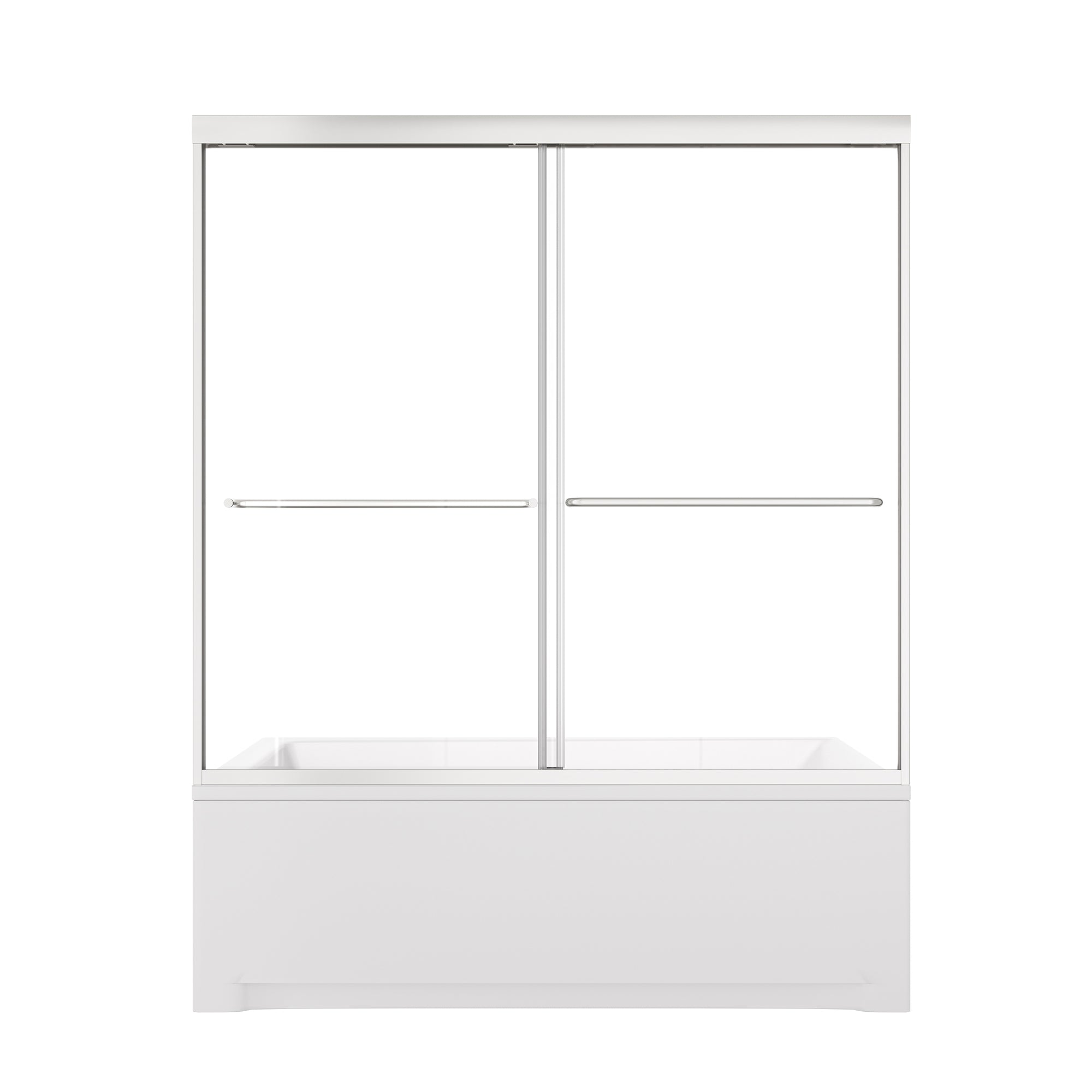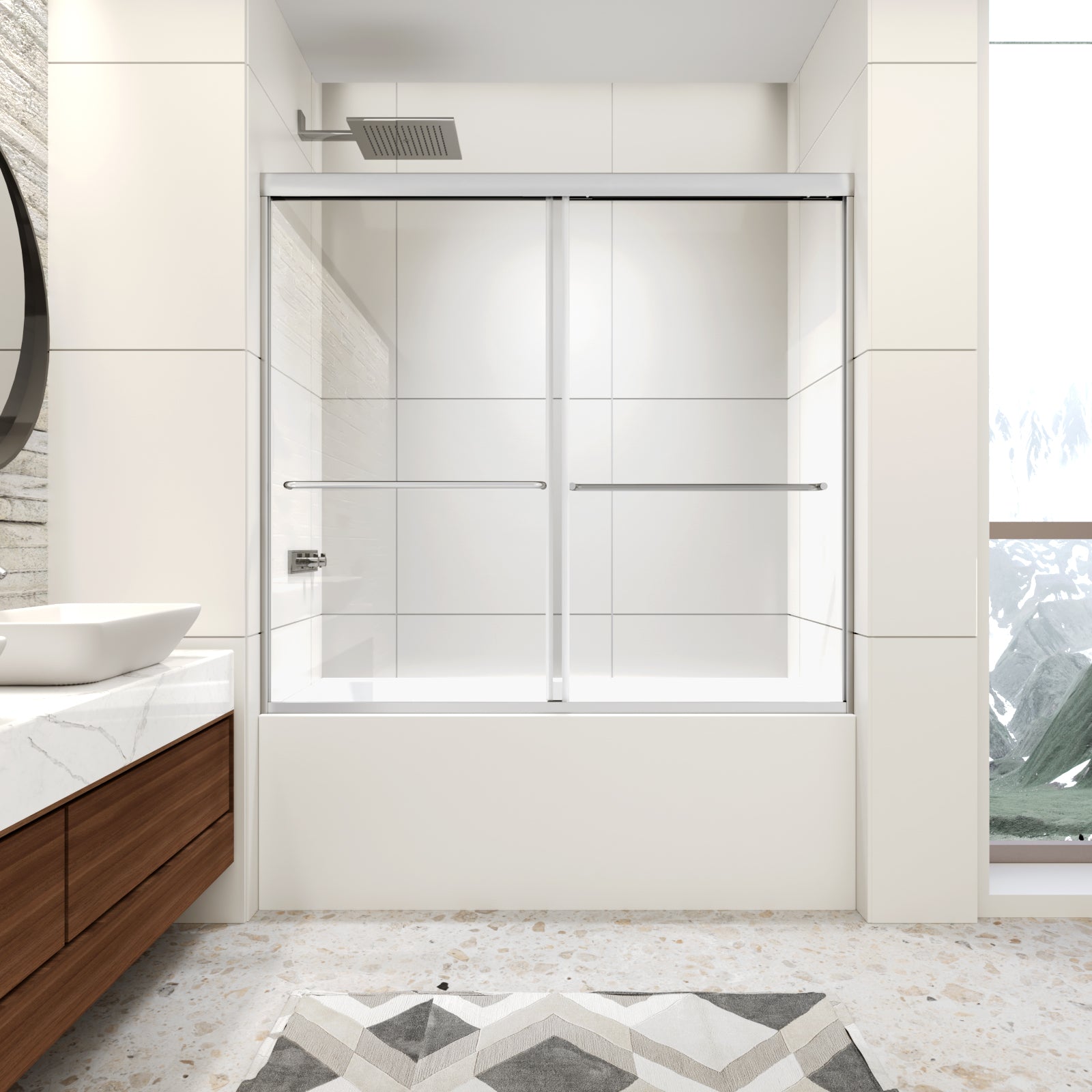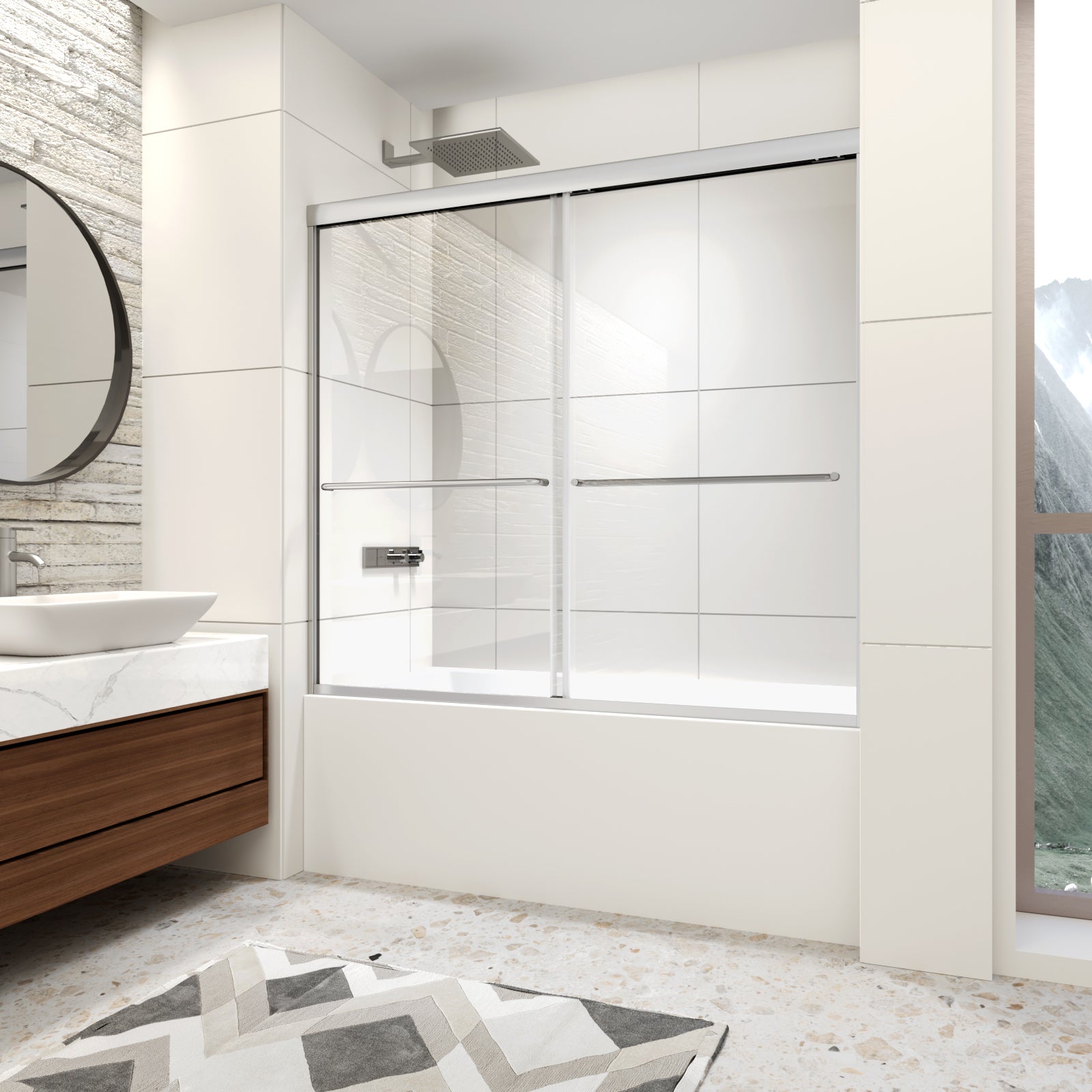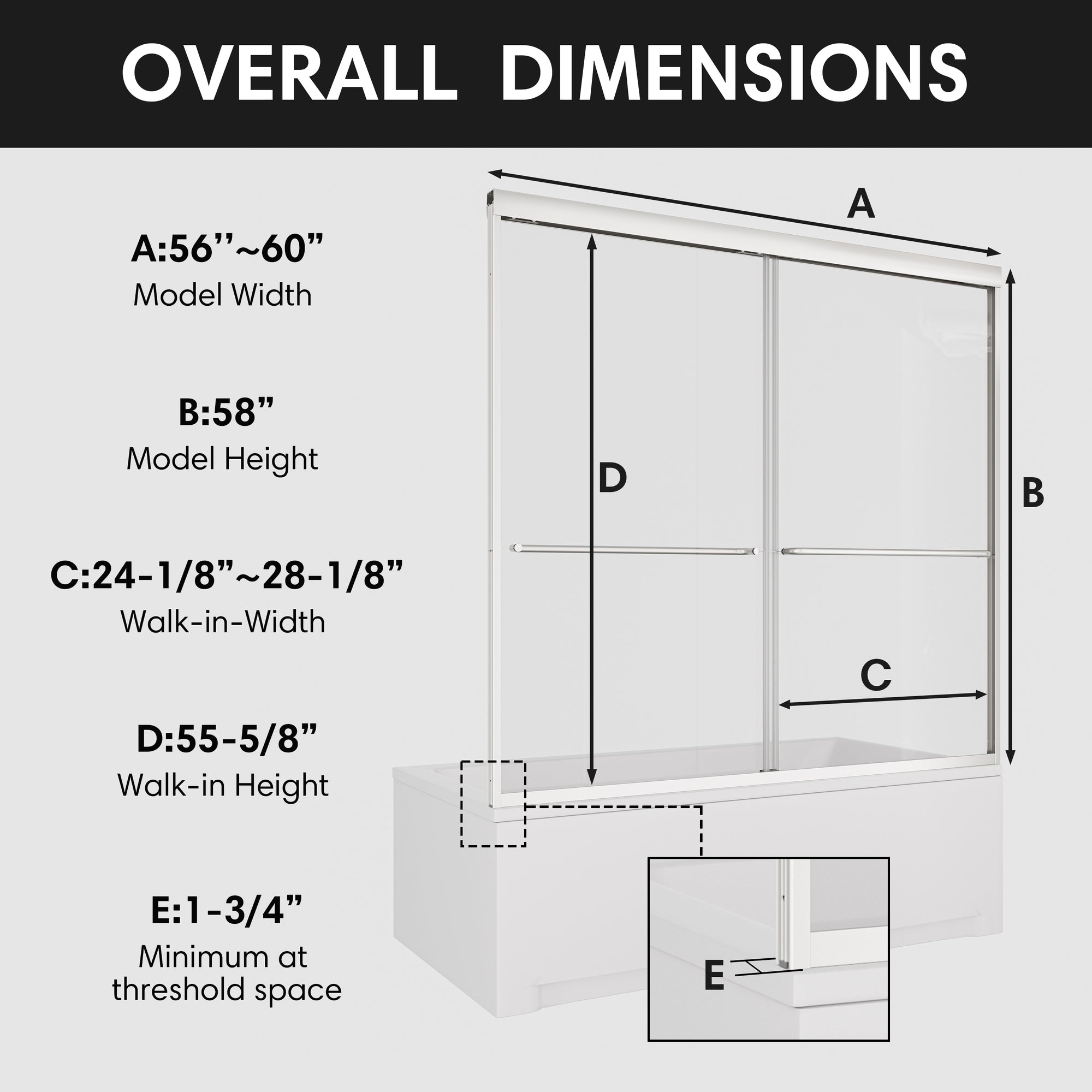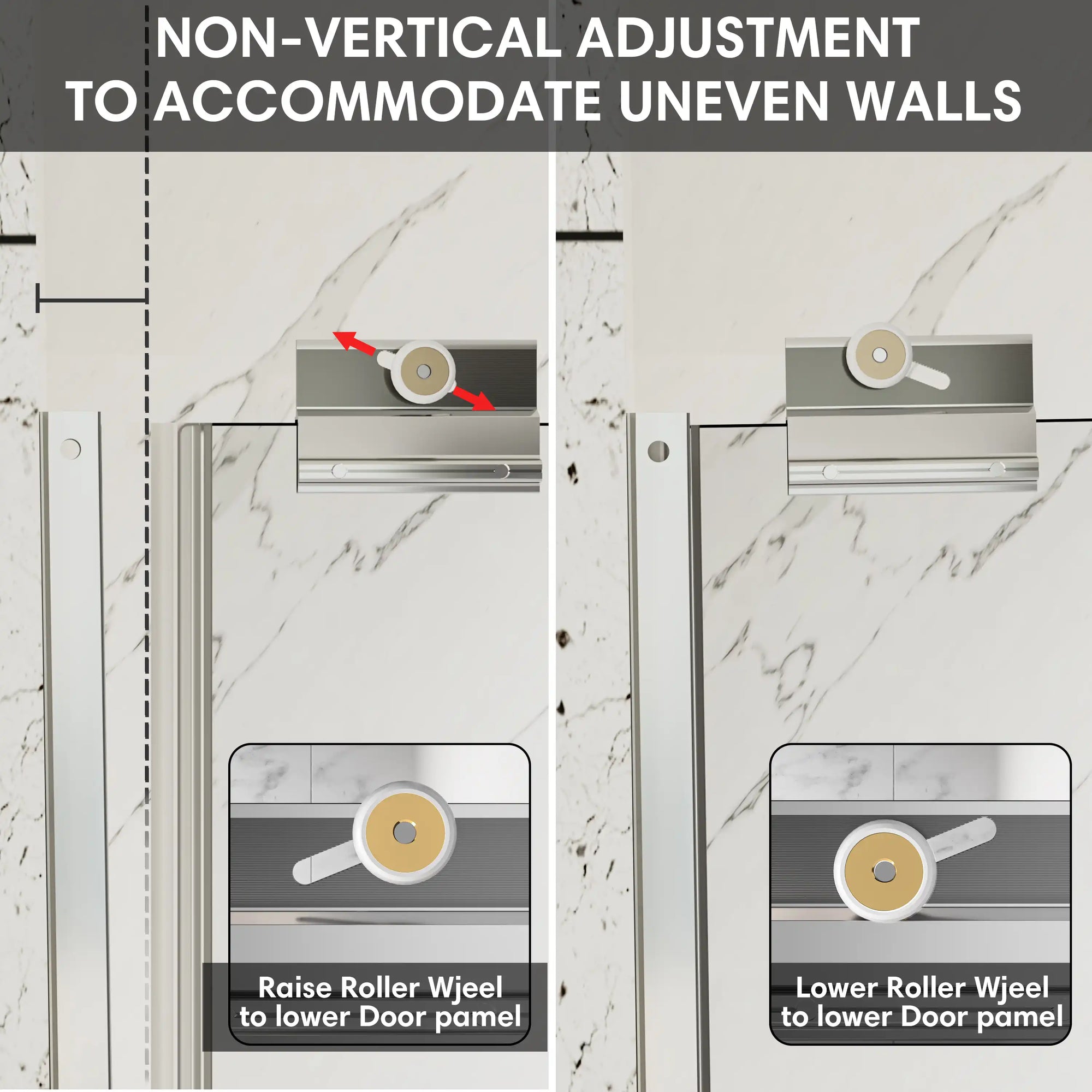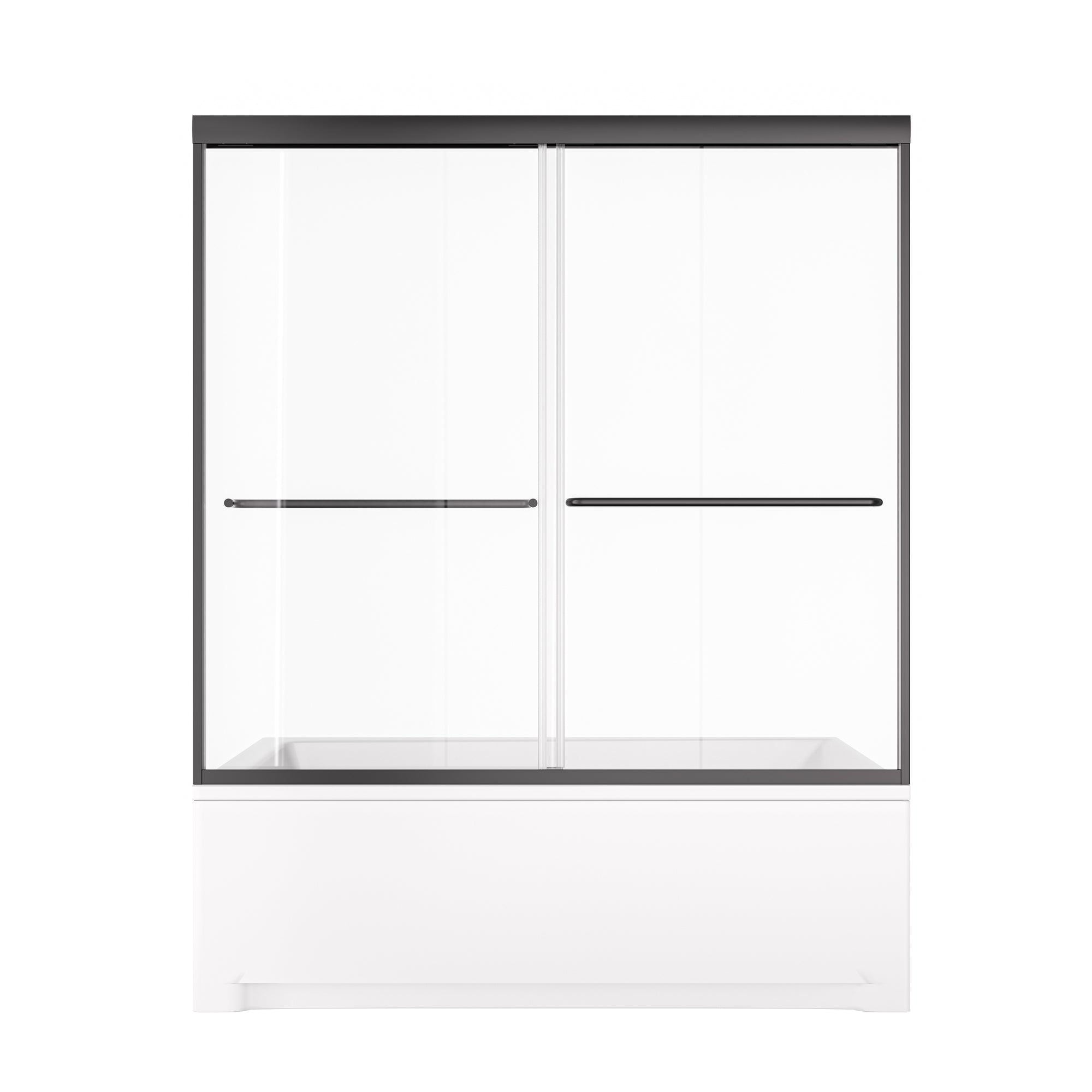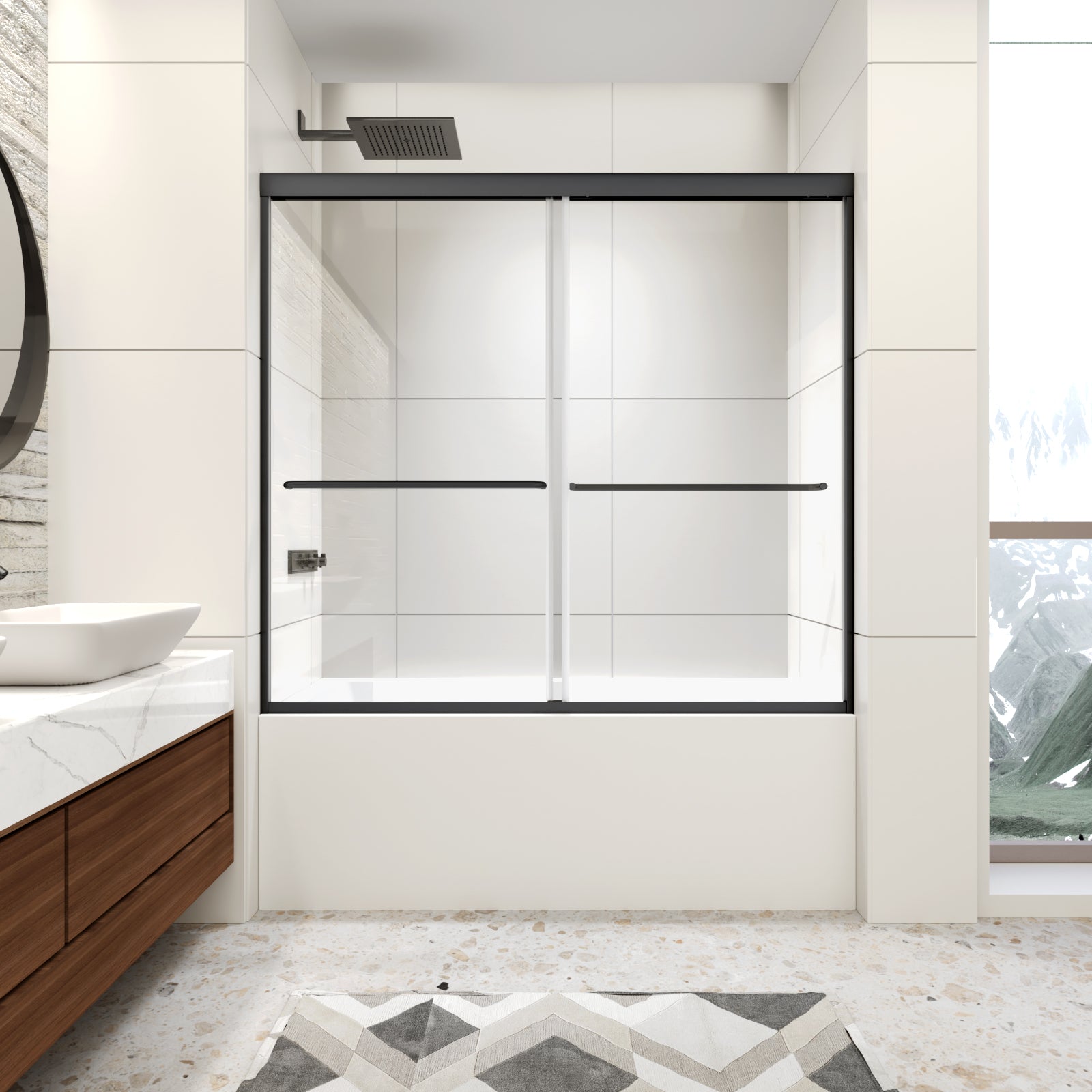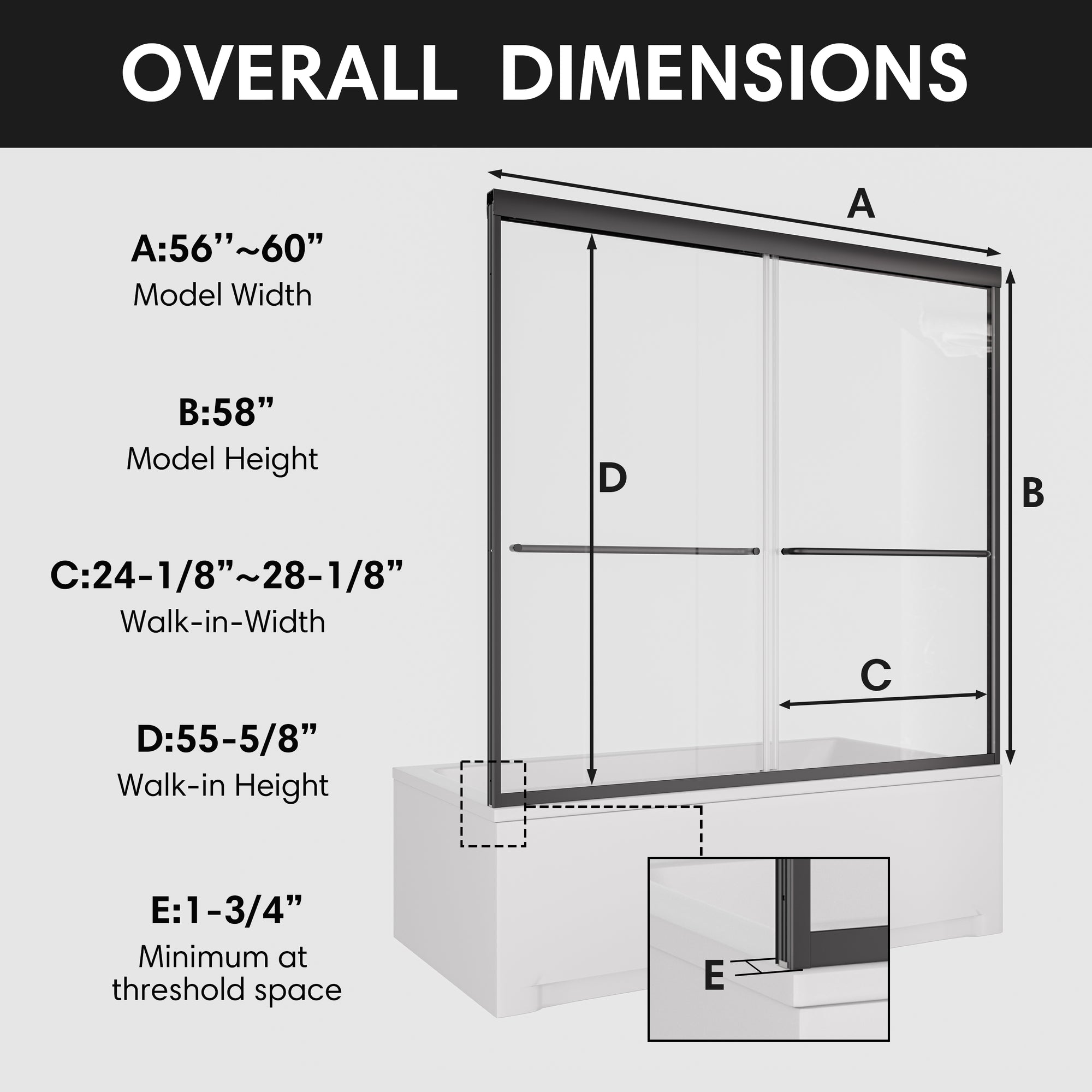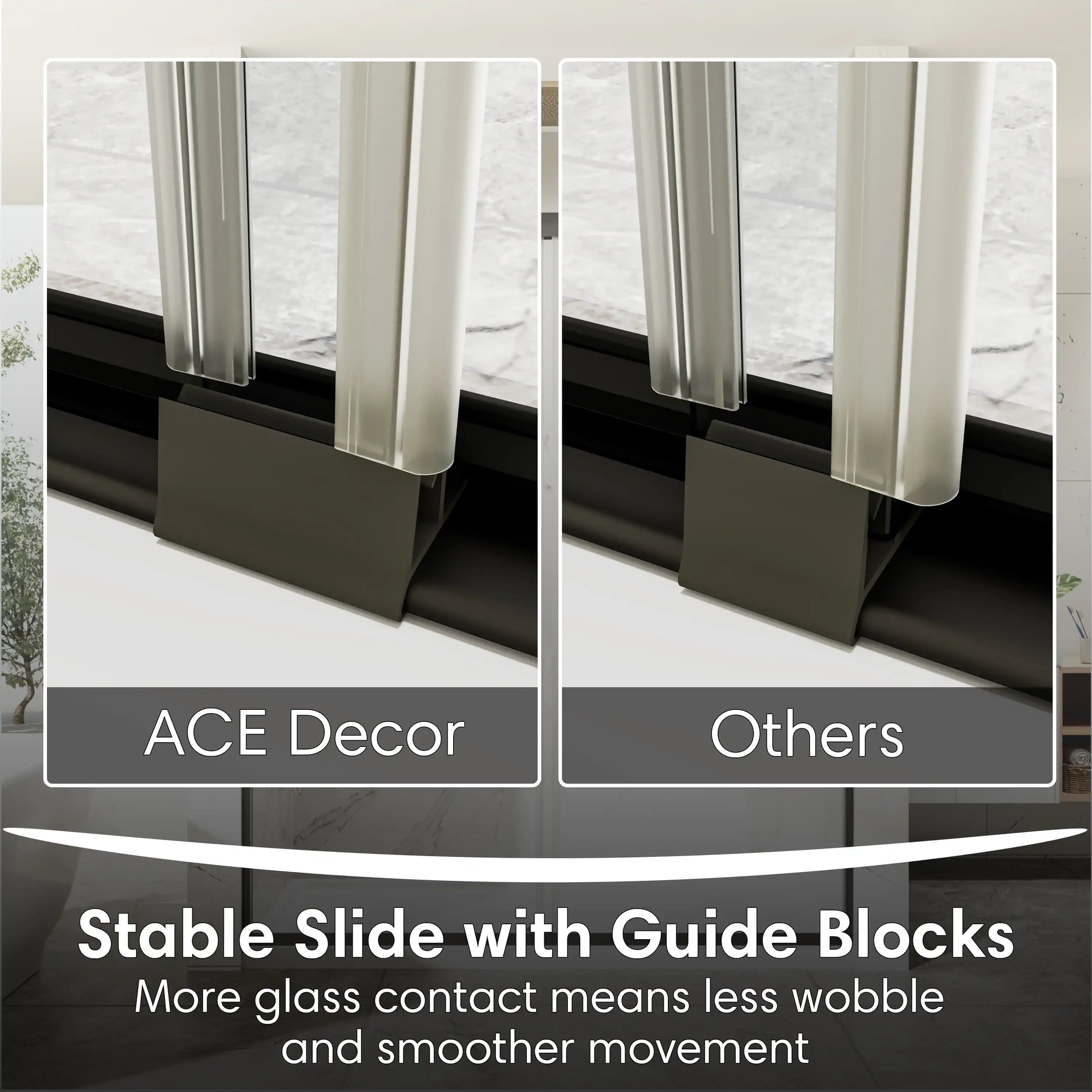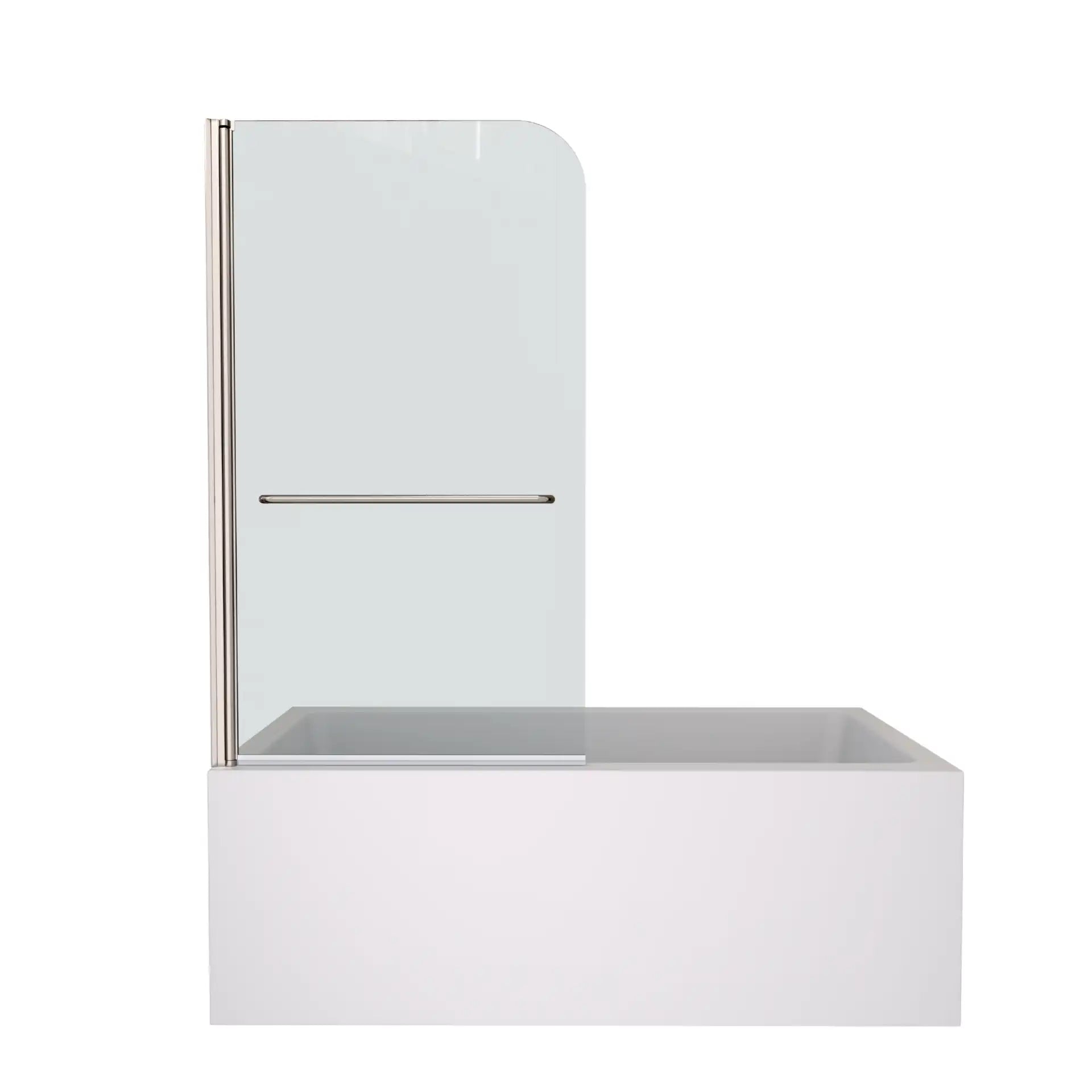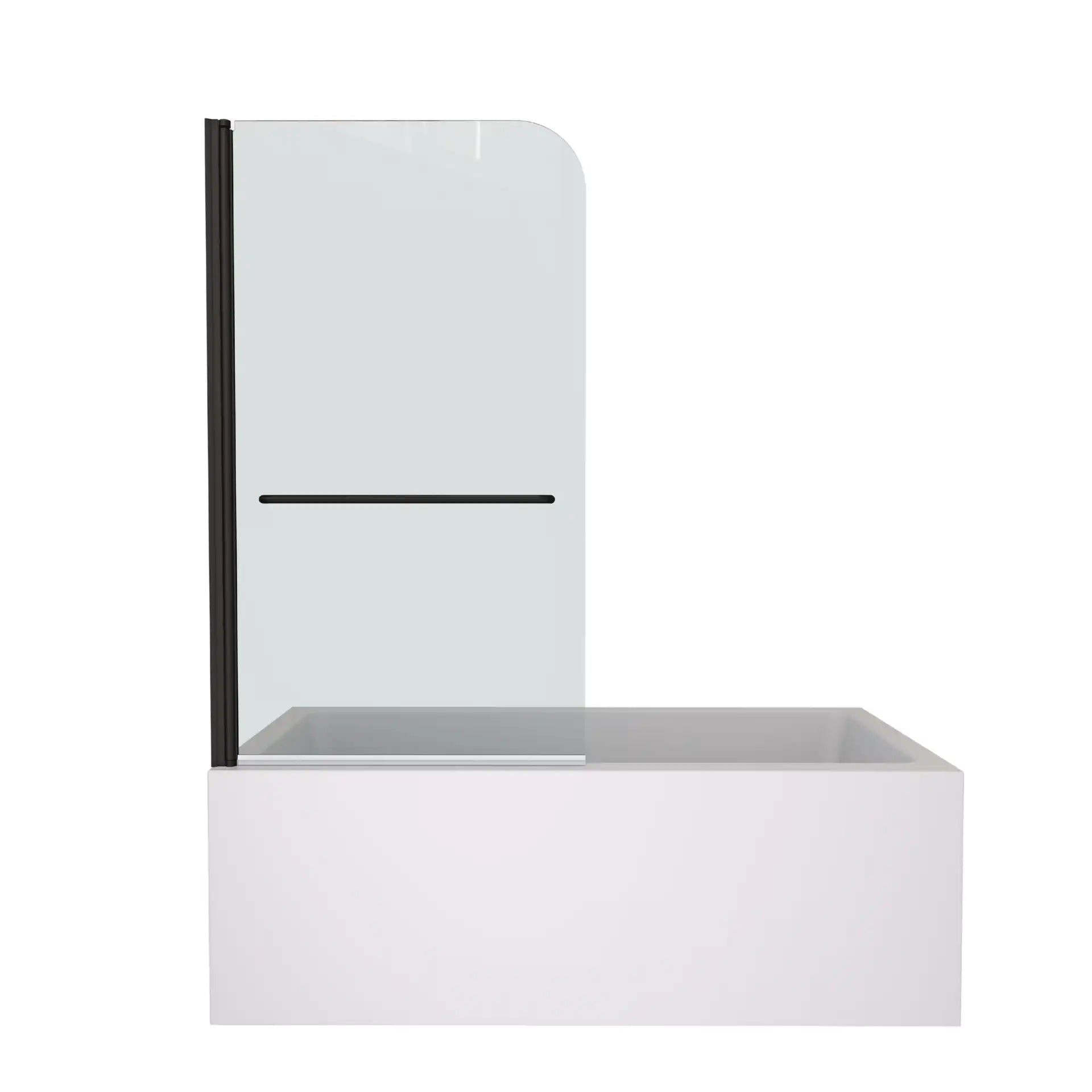Table of Contents
- Portable Hot Tubs
- Inflatable Hot Tubs
- Acrylic Hot Tubs
- Wooden Hot Tubs (Traditional Ofuro Style)
- Swim Spas (Swim + Hot Tub Combo)
- Rotomolded Hot Tubs
- Luxury Hot Tubs with Advanced Jets
- In-Ground Hot Tubs
- Unique Considerations
- Conclusion
- FAQ
- Related Articles
Introduction
When people talk about hot tubs, the first thought that usually comes to mind is "enjoyment". But in reality, it's no longer just a bathroom fixture; it has become a part of family socializing and health and wellness. According to the Houzz Home Design Trends Study 2023, over 38% of American households consider installing a hot tub during their renovations, and their primary reason is not for cleanliness but to "enhance their lifestyle". This is why different types of tubs are being increasingly chosen by more middle and high-end consumers. The question is: which types of tubs are the best fit for you?
1. Portable Hot Tubs
Portable tubs are like the "campers" of the bathtub world, being lightweight and flexible.
Features
Easy to install, no professional construction required, suitable for temporary use or families with limited space. Among all types of tubs, it has the lowest entry threshold.
Advantages
- Low cost and flexible use.
- Convenient to move, suitable for vacation or short-term use.
Disadvantages
- The insulation effect is limited.
- Short service life.
Suitable for
Families who have just entered the decoration planning stage and want to try hot tub life first. For those still unsure about making a long-term investment, this type of tubs is the best transitional solution. If you’re also considering multifunctional bathroom setups, a bathtub shower combo for small spaces might be another flexible option worth exploring.
2. Inflatable Hot Tubs
The inflatable tub is like a "tent version of a hot tub".
Features
The material is mostly PVC or vinyl, which can be inflated or deflated at any time. The biggest advantage of this type of tubs is that it is convenient and quick.
Advantages
- Low entry threshold.
- No professional installation is required.
Disadvantages
- Lacks advanced massage functions.
- Insufficient durability.
Suitable for
People with limited budgets who want to try a hot tub first. For those who only use it occasionally, this type of tubs offers flexibility and a low-risk way to try it out.

3. Acrylic Hot Tubs
These are the most common and popular types of tubs.
Features
Modern appearance, high-end texture, and a service life that can exceed 15 years.
Advantages
- Easy to clean.
- Excellent heat insulation performance.
- A wide variety of styles, suitable for multiple decoration themes.
Disadvantages
- The cost and installation expenses are relatively high.
- A large space is needed.
Suitable for
Middle and high-end families who pay attention to quality and aesthetics. As a classic type of tubs, acrylic hot tubs are almost suitable for most residences.
4. Wooden Hot Tubs (Traditional Ofuro Style)
The wooden tub is the most ceremonious among the types of tubs.
Features
Commonly made of cedar or rosewood, the natural wood fragrance offers an immersive relaxation experience. Research shows that aromatic oils released by wood can reduce stress levels.
Advantages
- Unique natural aesthetics.
- A strong sense of ritual.
Disadvantages
- Requires regular maintenance to prevent mold.
- Service life is affected by the environment.
Suitable for
Consumers who enjoy a natural and health-oriented lifestyle. These types of tubs are particularly suitable for those who value both physical and mental well-being. For a deeper cultural perspective, you might also look into the Japanese ofuro tub, which emphasizes ritual and relaxation.

5. Swim Spas (Swim + Hot Tub Combo)
If you want to exercise and relax at the same time, this type of tubs is ideal.
Features
Combining the functions of a swimming pool and a hot tub, one end is for swimming and the other for relaxation. According to the PHTA 2022 Report, the installation volume of swim spas has increased by 15% year-on-year. It is the most versatile representative among types of tubs.
Advantages
- Dual-purpose in one device, rich in functions.
- Available all year round, combining sports and leisure.
Disadvantages
- It covers a large area.
- High cost and requires professional design.
Suitable for
Families with spacious courtyards and a pursuit of a healthy lifestyle. For consumers who enjoy socializing, these types of tubs can also become the focus of gatherings.

6. Rotomolded Hot Tubs
This type of tubs is the choice of pragmatists.
Features
Made by rotational molding, it is light but durable. It is regarded as a representative of cost performance among types of tubs.
Advantages
- Reasonable cost.
- Durable and easy to install.
Disadvantages
- Simple in appearance.
- Relatively basic functions.
Suitable for
Families seeking high cost performance. If you are looking for an economical and durable type of tubs, this is a choice worth considering.
7. Luxury Hot Tubs with Advanced Jets
Want to turn your home into a five-star spa? This type of tubs is just right.
Features
Equipped with massage jets, LED lighting, Bluetooth speakers and smart monitoring. As the high-end version among types of tubs, it emphasizes luxury and comfort.
Advantages
- Full-body spa experience.
- Luxurious design that enhances the value of your home.
Disadvantages
- High cost.
- Complex to maintain.
Suitable for
Consumers who are passionate about high-end experiences. Such types of tubs are often the first choice for villa owners. Similarly, luxury-minded homeowners also compare bathtub materials to achieve the perfect balance of durability and aesthetics.

8. In-Ground Hot Tubs
This is the most visually striking among the types of tubs.
Features
Integrated with the courtyard or swimming pool design, it becomes the center of outdoor space.
Advantages
- Increases the value of real estate.
- Strong sense of spatial integration.
Disadvantages
- High cost and construction complexity.
- Cannot be relocated.
Suitable for
Villa owners or those who want to create a resort-style courtyard. These types of tubs significantly enhance the quality of life.
Unique Considerations
When choosing types of tubs, in addition to appearance and function, the following should be noted:
- Long-term costs: Energy-saving pumps and insulation systems can reduce electricity bills by about 20%. Maintenance costs differ across types of tubs.
- Installation conditions: Some models require dedicated circuits and reinforced floors.
- Home safety: Elderly and children benefit from anti-slip steps and handrails.
- Lifestyle match: For frequent gatherings, swim spas or in-ground models are ideal. For private relaxation, acrylic or wooden types of tubs are more suitable.
Some homeowners even opt for a soaking tub for ultimate relaxation in limited space.
Conclusion
Choosing a hot tub is actually an investment in lifestyle. Different types of tubs represent different scenarios: some are convenient for trying, some focus on health preservation, some emphasize socializing, and some enhance real estate value.
If you are in the process of renovating or shopping, ask yourself: What do you hope your hot tub will bring to your family in the next 10 years? Once you have the answer, the right types of tubs will naturally come to mind.
Browse our recommended range of hot tubs, explore the types of tubs that best suit your space and lifestyle, and instantly upgrade your home into a private spa center.
FAQ
Q1: How often should the water in a hot tub be changed?
It is generally recommended to change it every 1 to 3 months. Different types of tubs may also have different water quality maintenance needs.
Q2: Which types of tubs are easiest to move?
Inflatable, portable, and some rotomolded models are easy to move, while in-ground types of tubs are not relocatable.
Q3: Does a hot tub significantly impact electricity bills?
Traditional models consume more electricity, but energy-efficient types of tubs can reduce energy consumption by about 15–20%.
Q4: Can hot tubs be used outdoors year-round?
High-end models with insulation and heating can be used year-round, but inflatable and portable types of tubs are not recommended for outdoor winter use.
Q5: Which types of tubs are most suitable for home use?
Acrylic and wooden tubs are the most common choices, combining safety, ease of maintenance, and durability.
Related Articles:
Bathtub Shower Combo for Small Spaces: Benefits, Drawbacks, and Design Tips
Best Walk-In Bathtubs: Features, Types, Pros & Cons for Modern Bathrooms
What Is a Soaking Tub? The Deep-Dive Guide to Depth, Fit, Materials, Heat, and Buying Like a Pro

